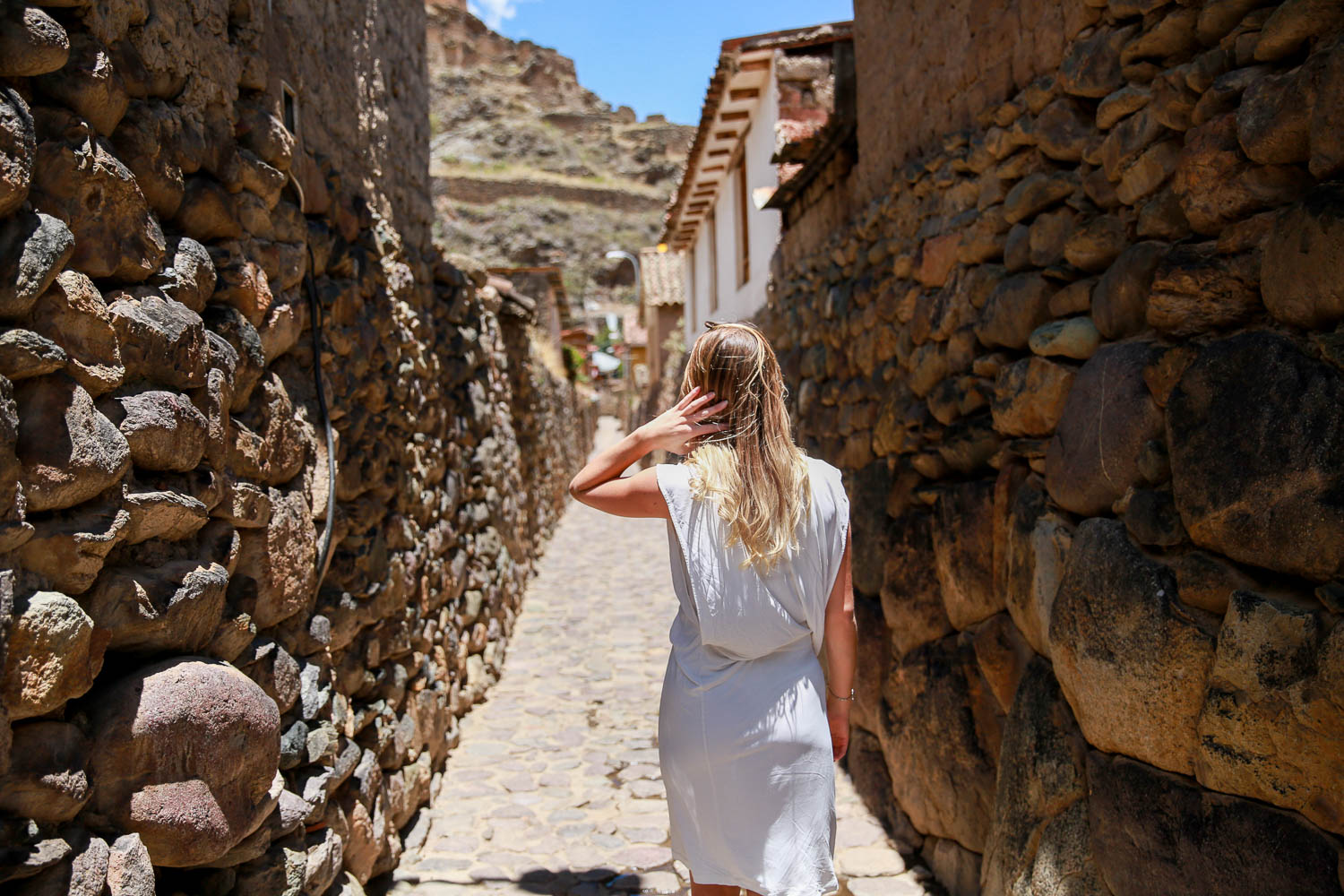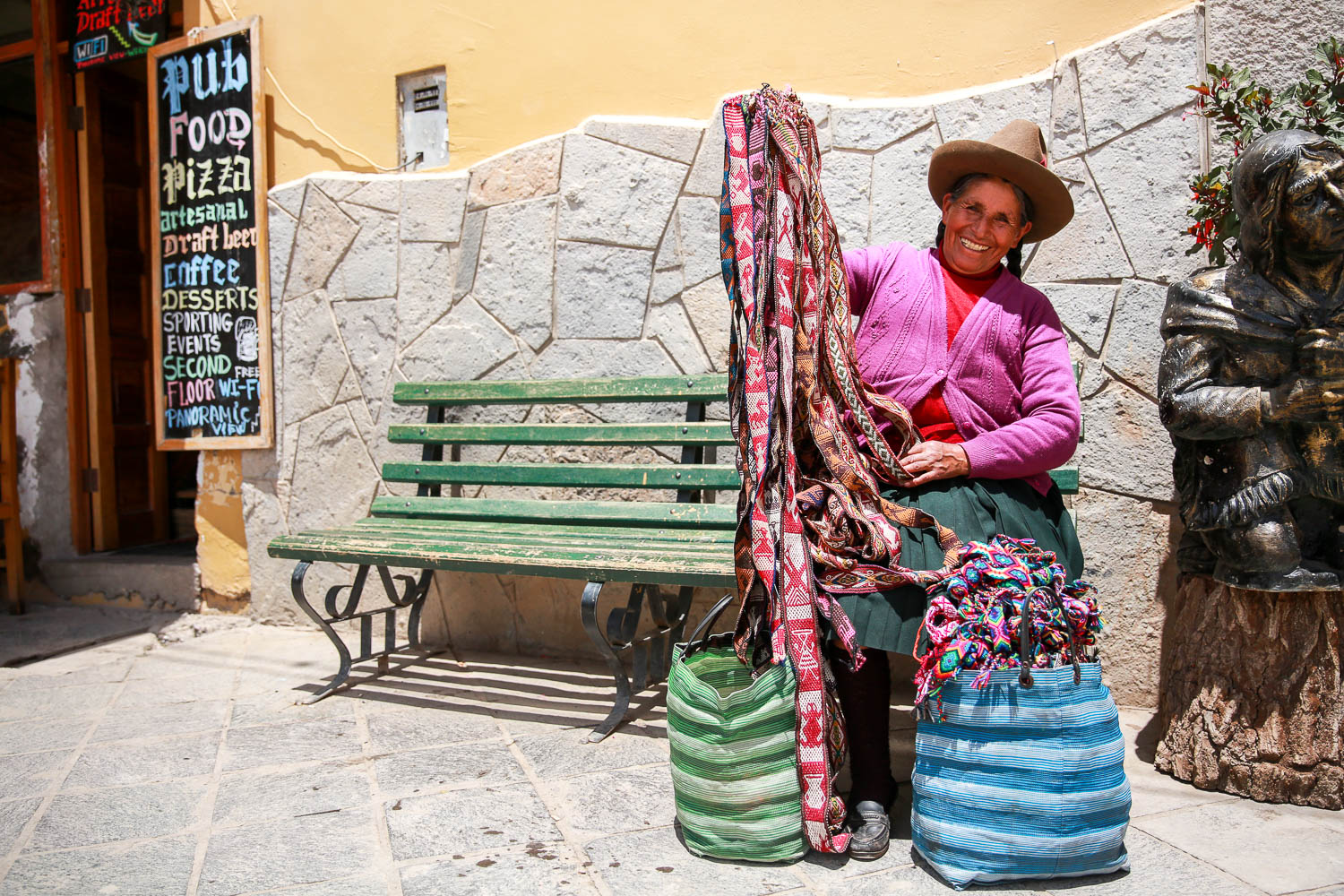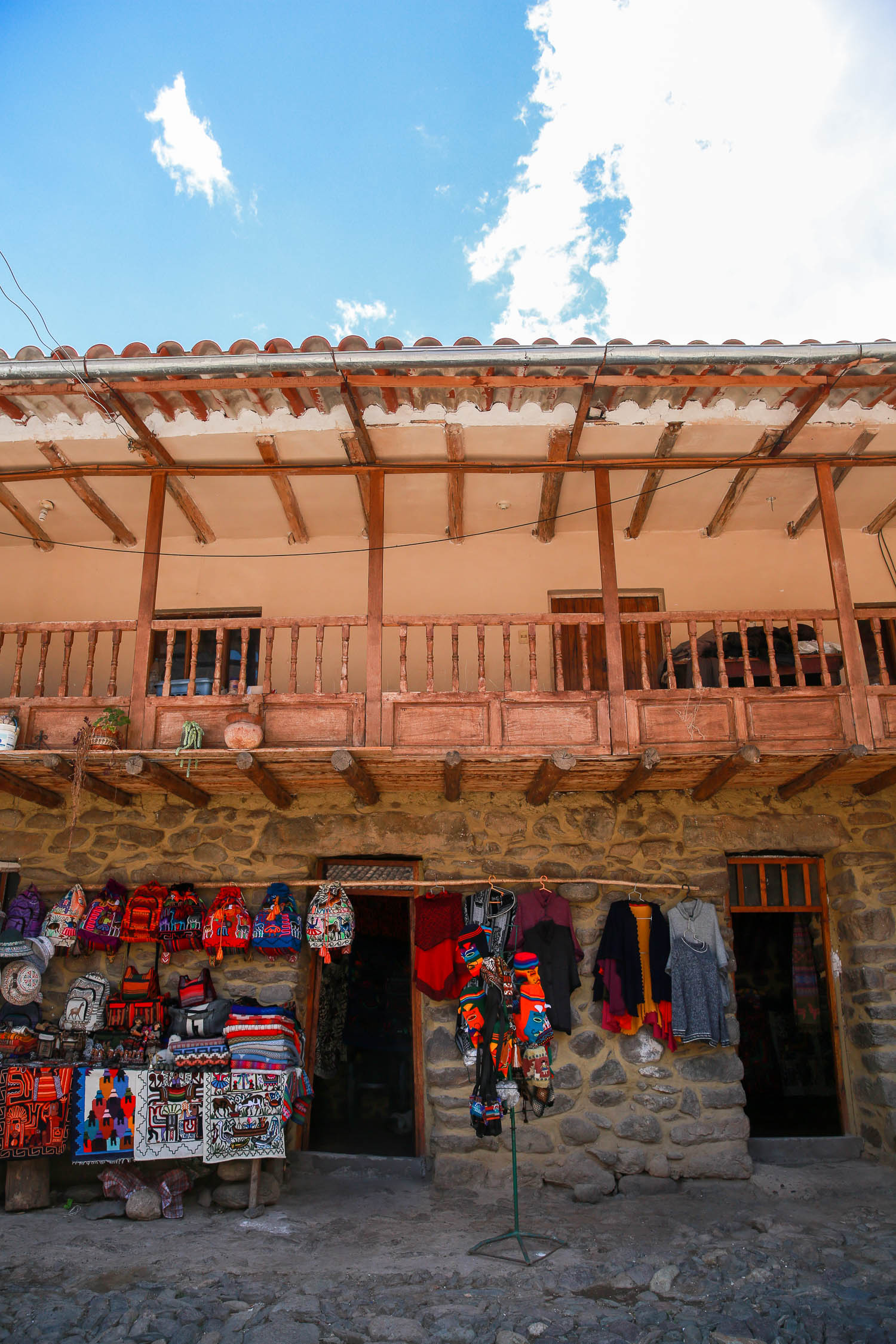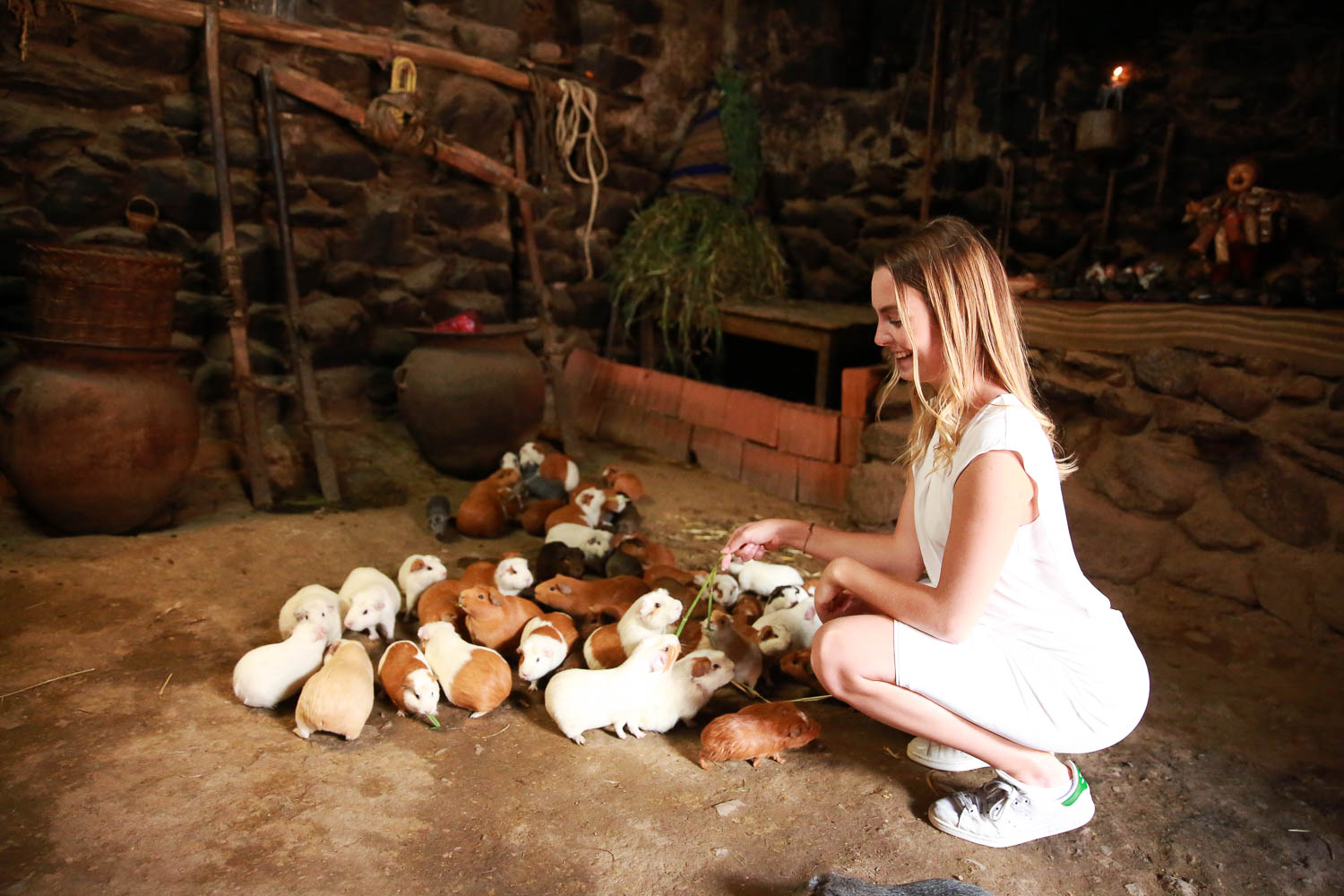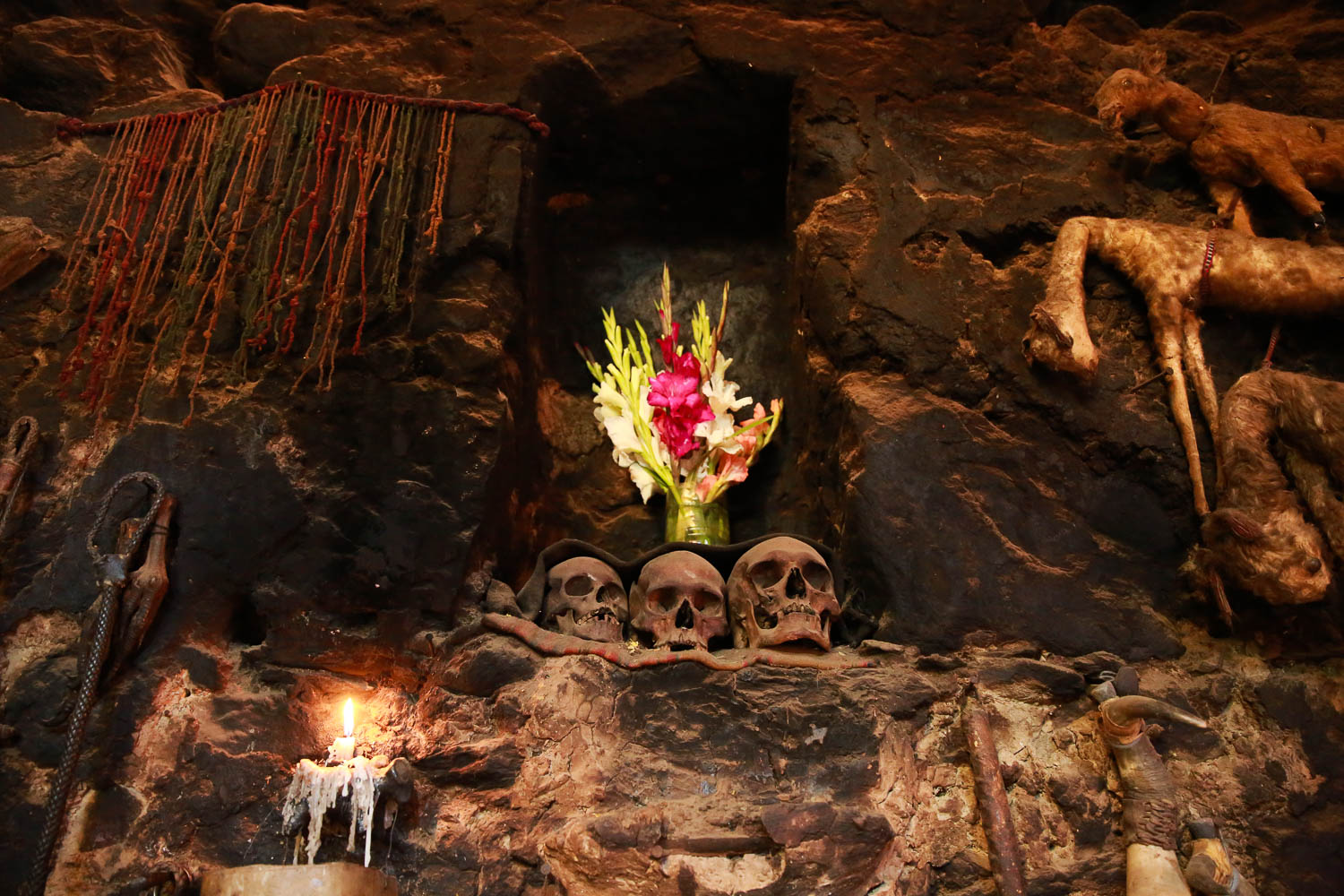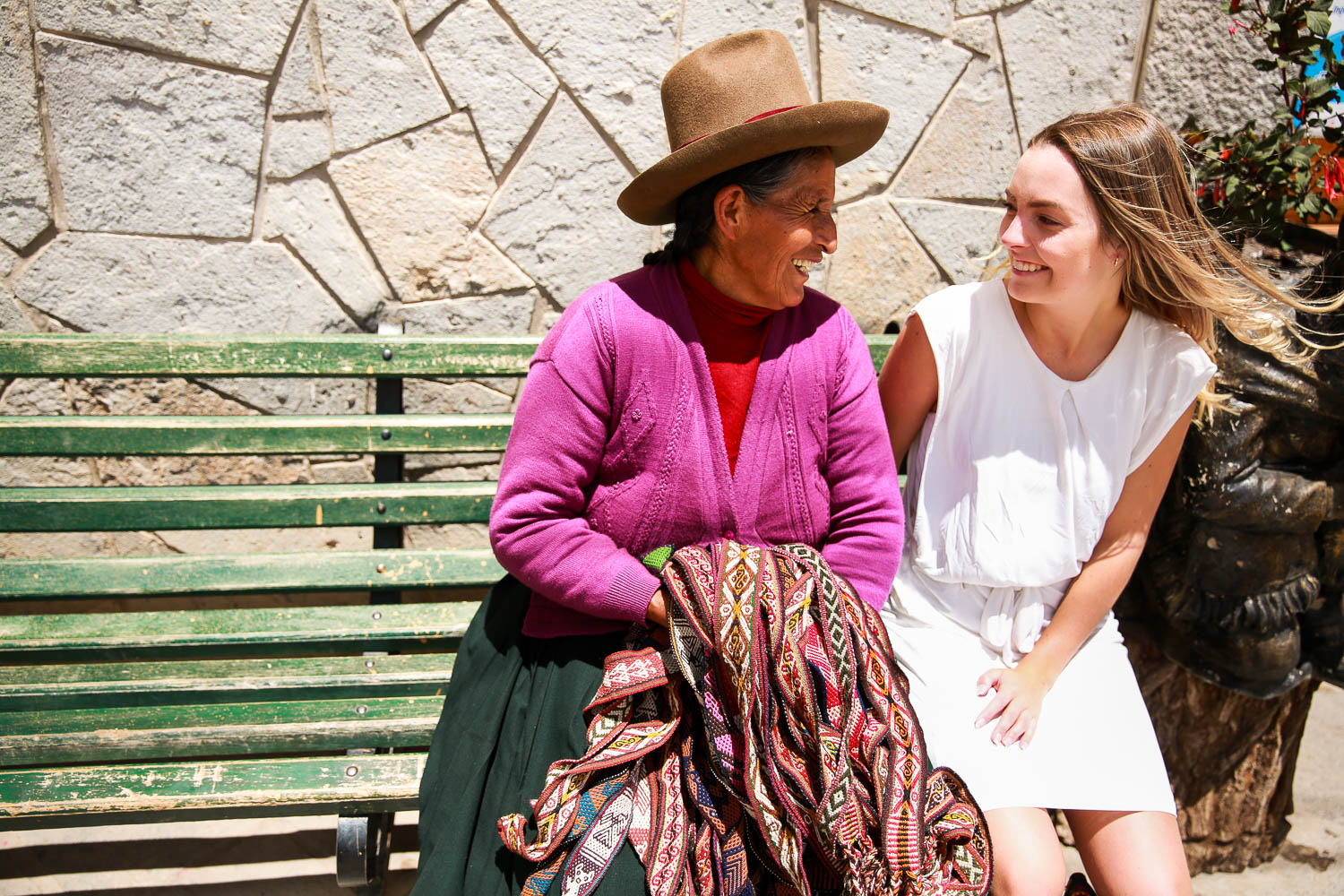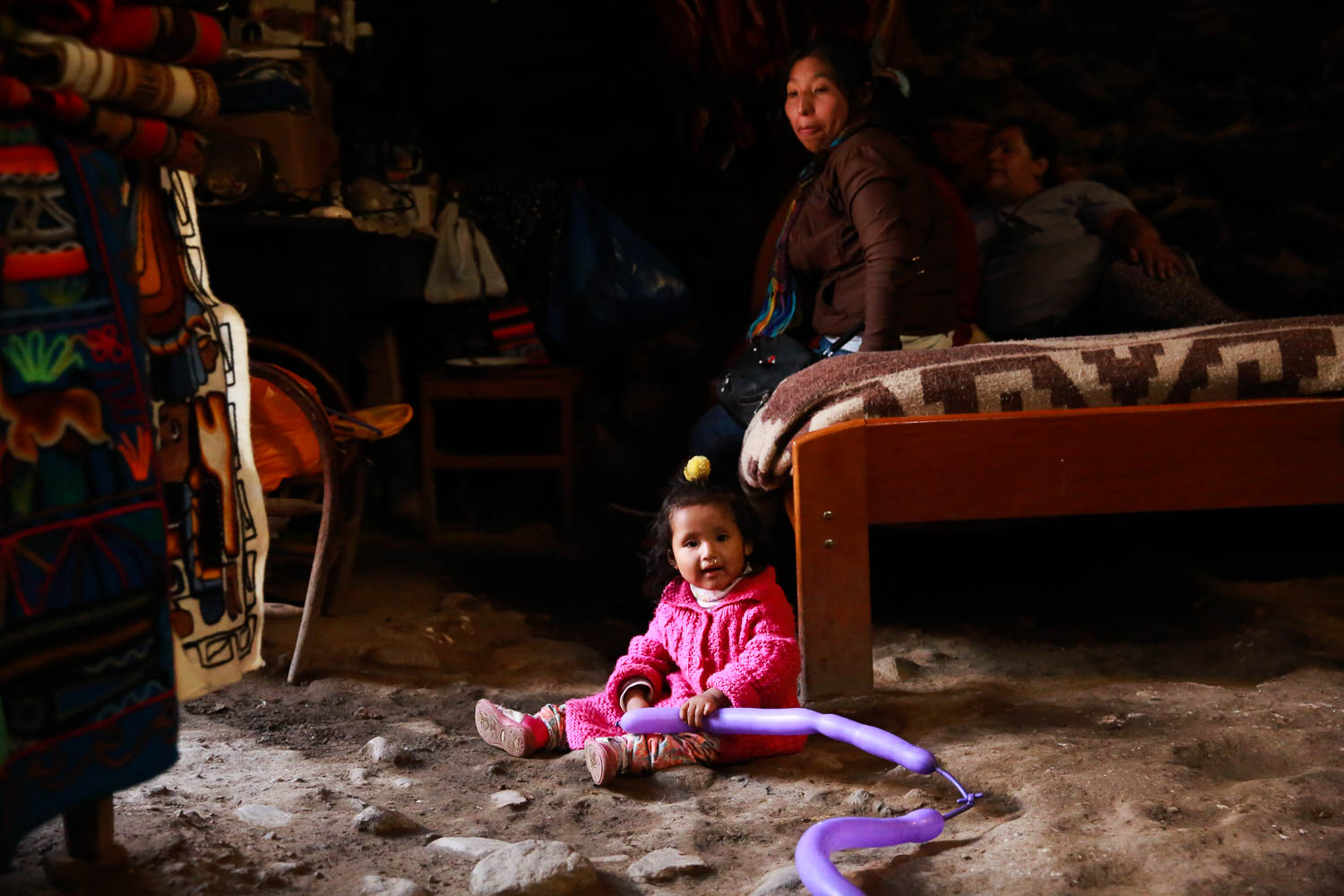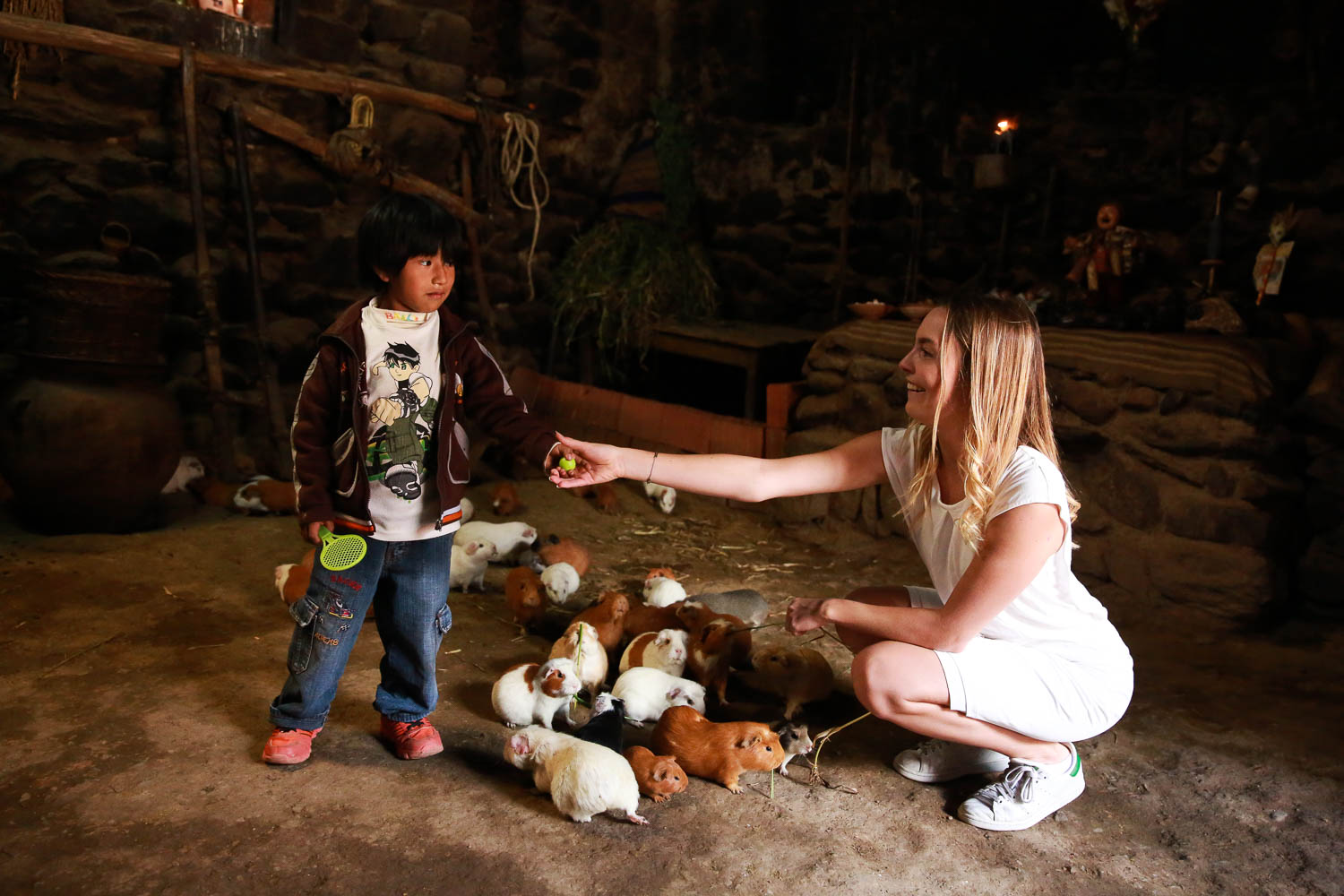After nearly a week in my Airbnb I figured it was about time to go see some archaeological sites to learn something about this country’s history. I was originally just gonna go to Ollantaytambo, but ended up finding a guide who would take me to two more places: Moray and Salinas. Anyways, Alberto, was such a nice company and a man with a lot of knowledge about these spots.
/ Etter nesten en uke i Airbnb’en min tenkte jeg at det var på tide å dra på litt sightseeing for å lære om landets historie. Jeg hadde i utgangspunktet tenkt å bare besøke Ollantaytambo, men endte opp med å finne en guide som tok meg til to flere arkeologiske steder: Moray og Salinas. Guiden, Alberto, som faktisk er quechua selv og bor i Ollantaytambo, var virkelig godt selskap.
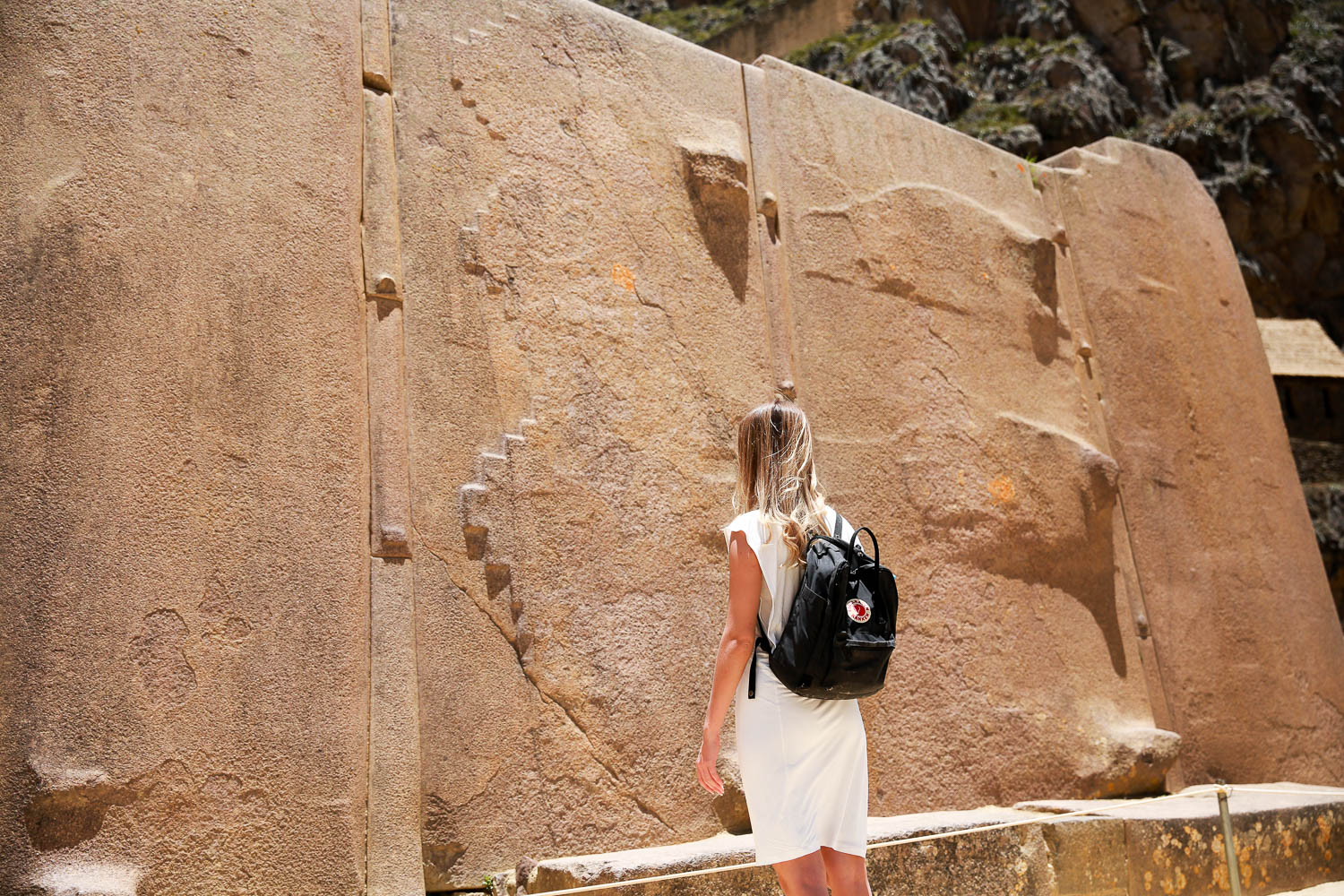

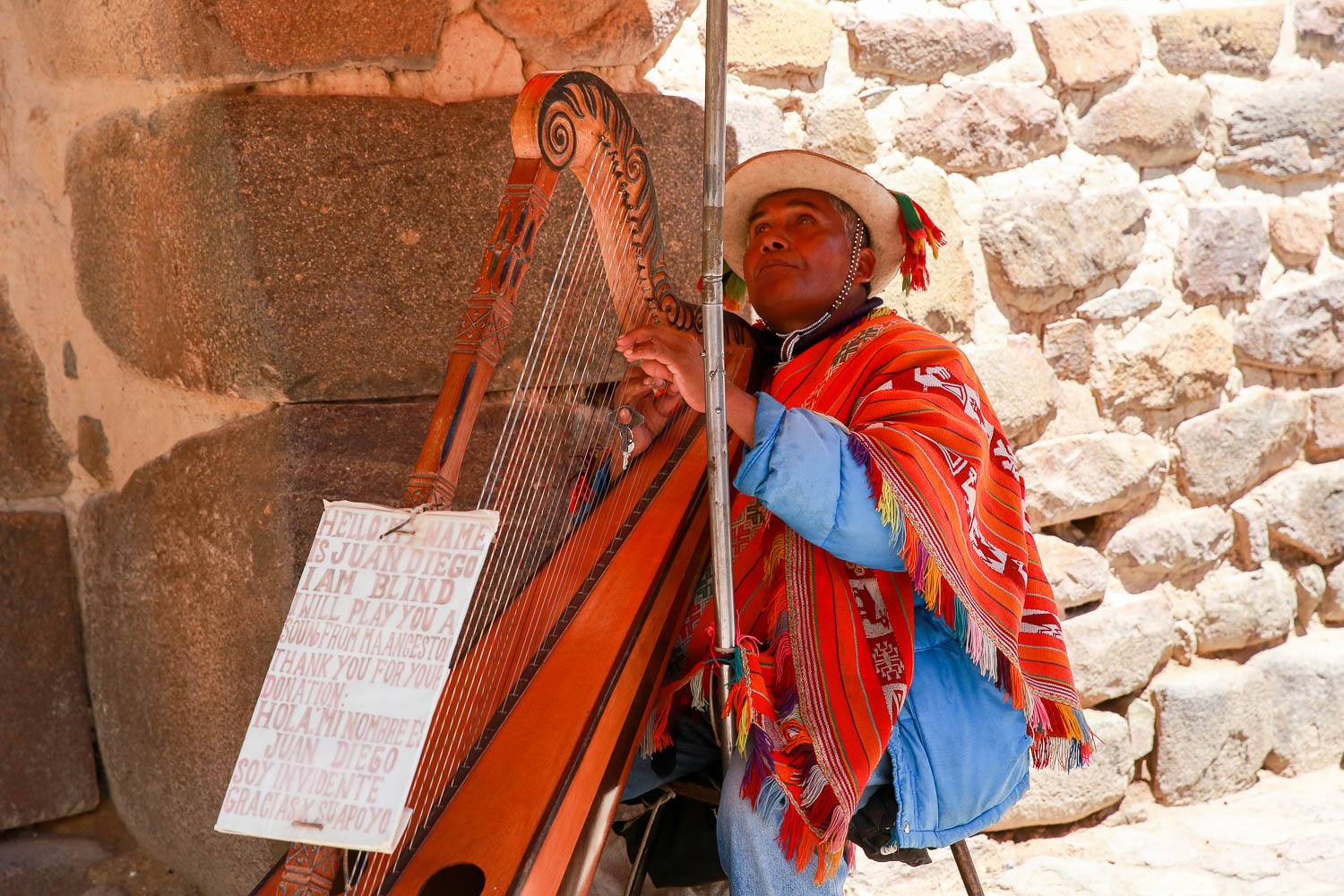

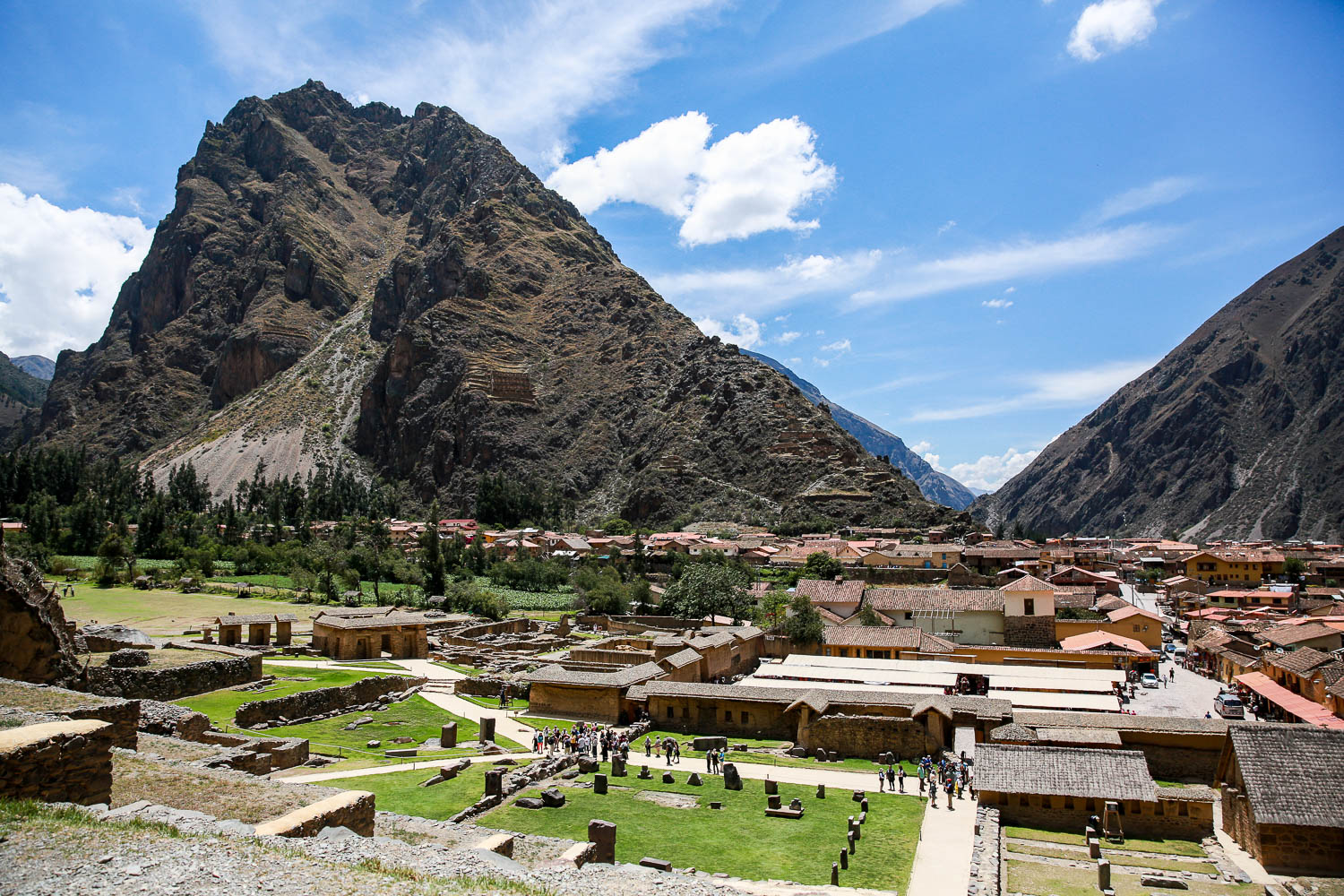
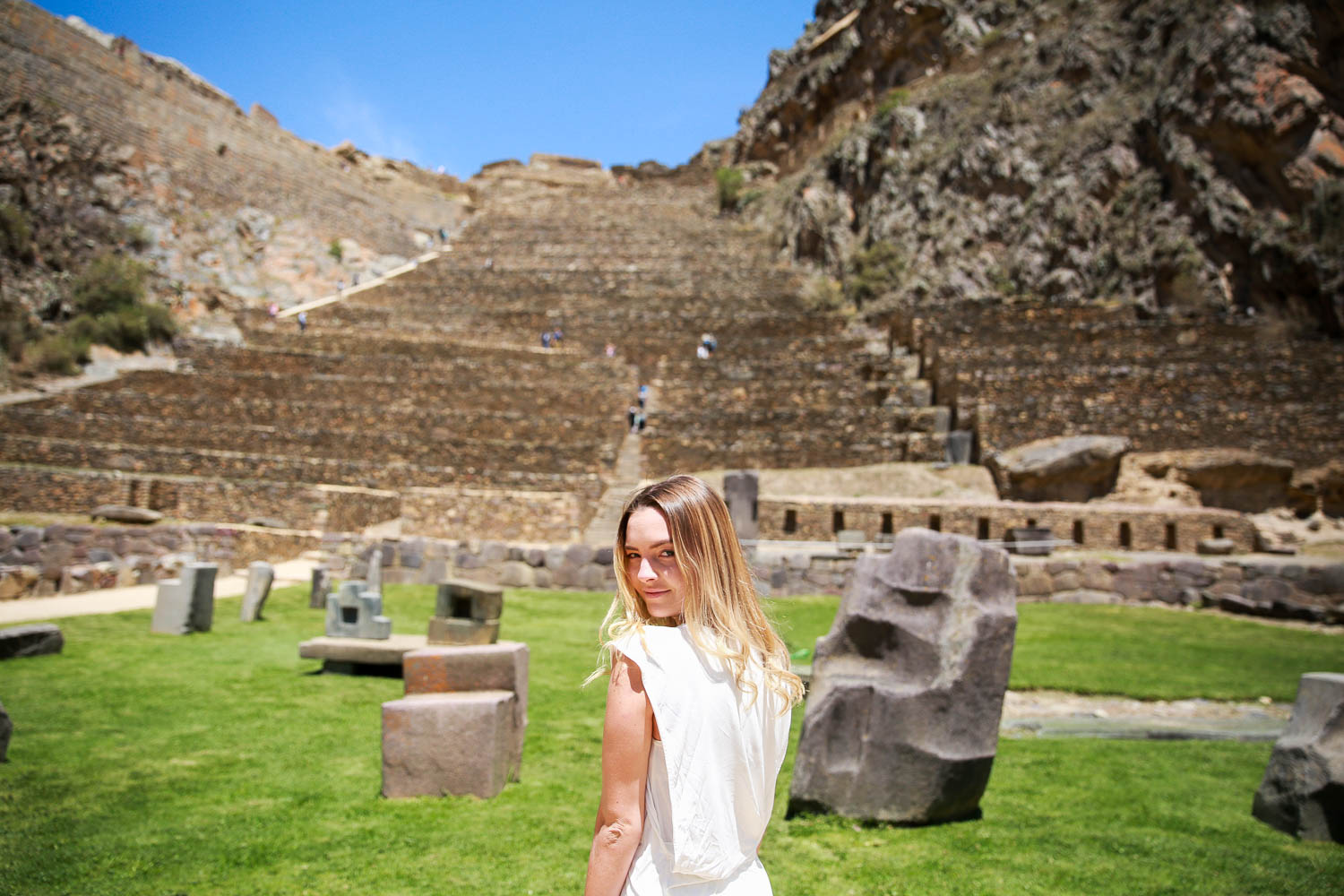
Alberto introduced me to Ollantaytambo as the city of the quechua people, who settled in 1430. This is where the last battle between the Incas and the Spanish took place in 1537. Some of the ruins at this archeological site are 2000 years, others 1000 years, and some 700 years old. Can you believe that the ruins are still here?
/ Alberto introduserte meg for Ollantaytambo som byen som tilhørte quechua-folket fra 1430. Landsbyen var sivilisert lenge før dette. Det som er spesielt er at dette er hvor den siste kampen mellom Incaene (quechua-folket) og spanjolene fant sted i 1537. Noen av ruinene man finner her er 2000 år, andre 1000 år, mens mesteparten er 700 år. Kan du tro at ruinene fortsatt står?
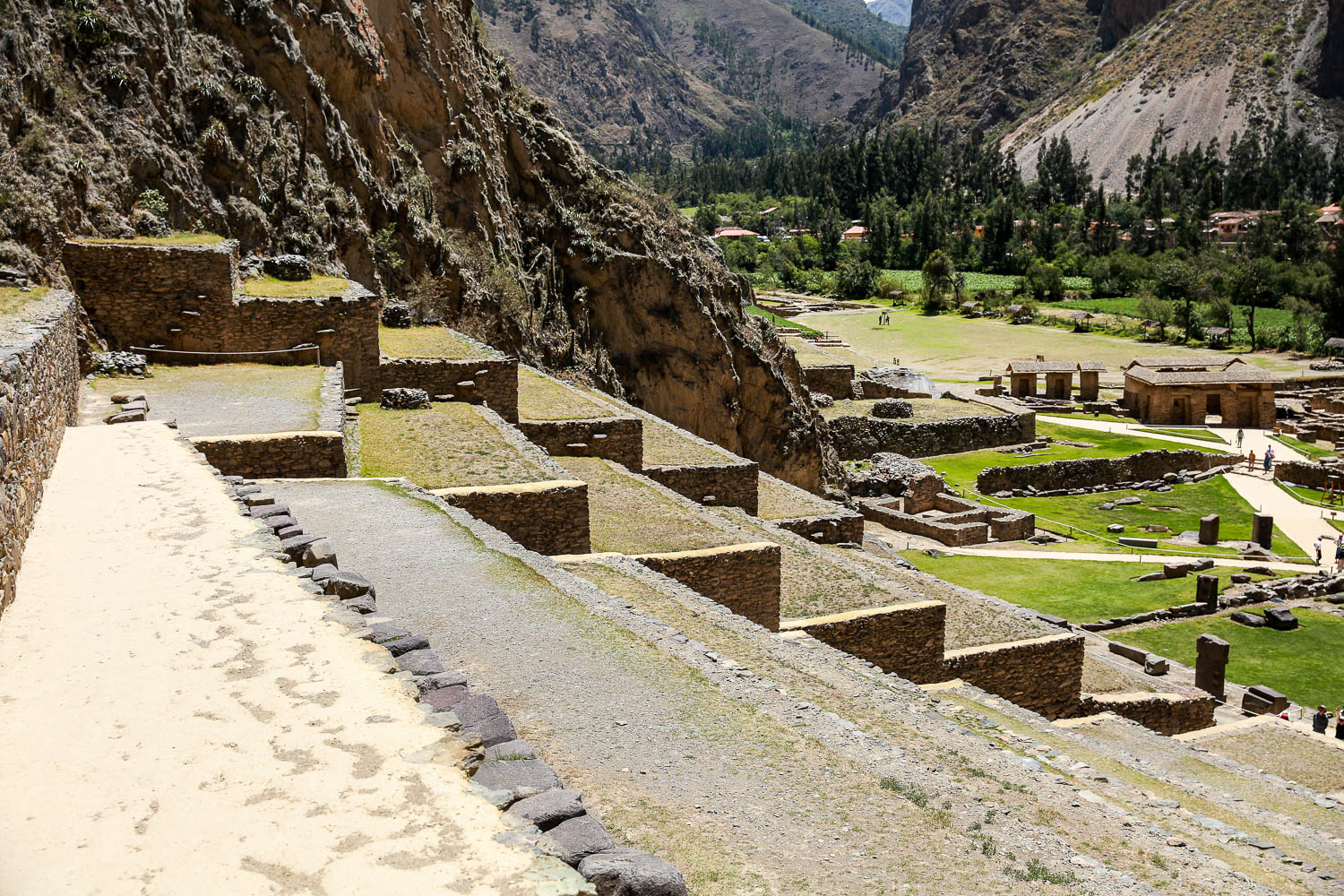
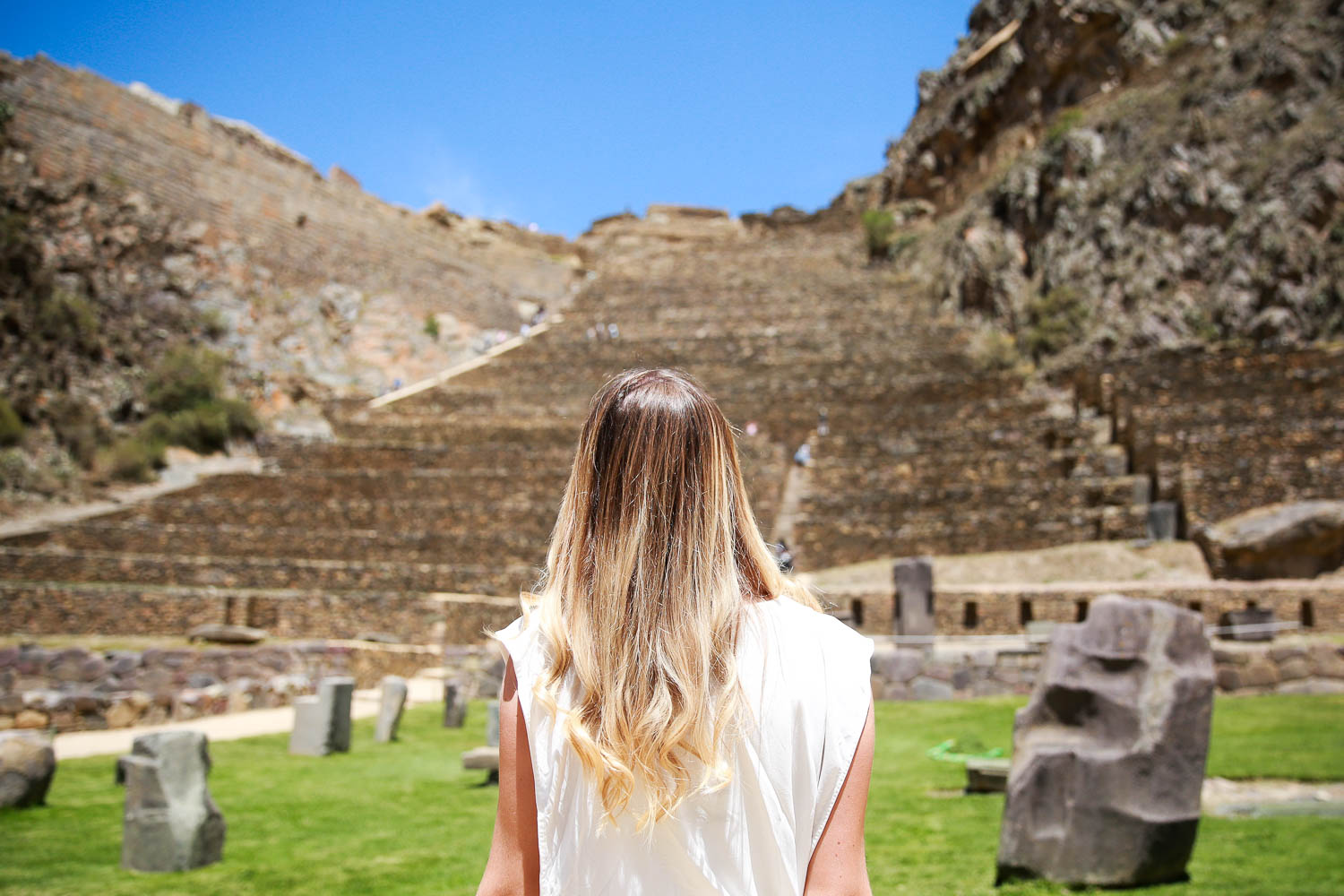
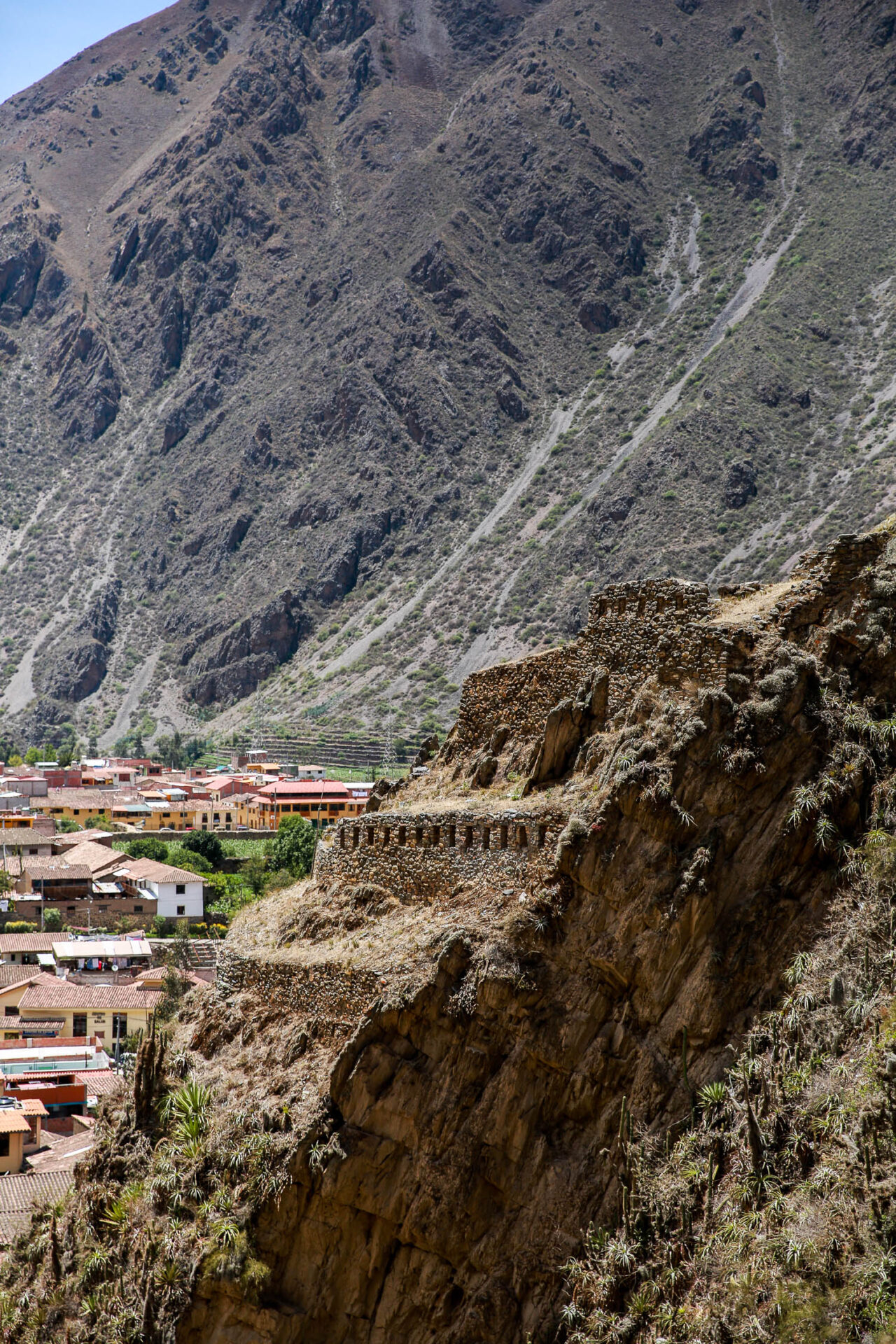
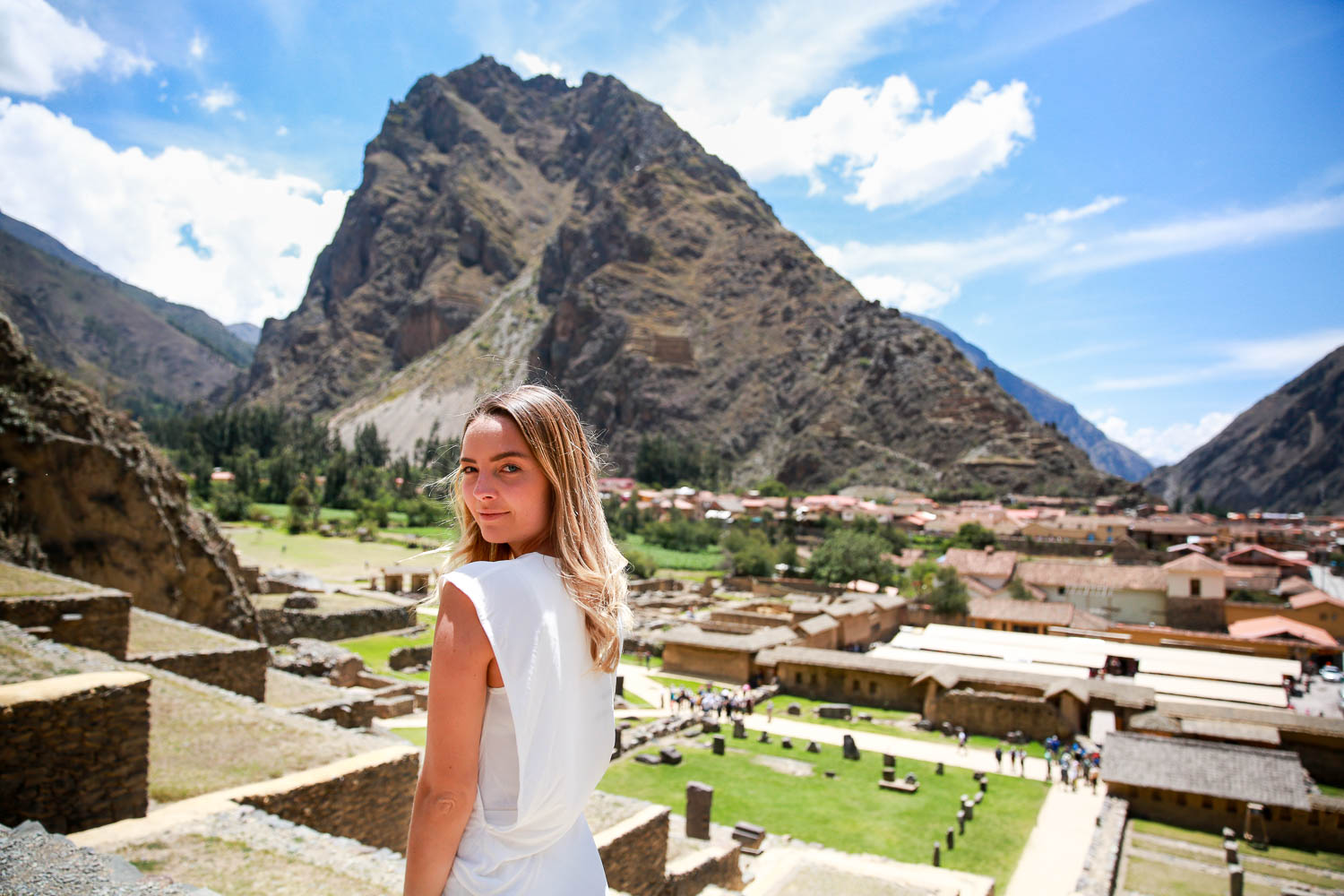
On the close by mountain that we can see from the actual archaeological site, where there’s few ruins, you can see the quechua people’s storehouses, where they kept their food. They kept the food high up in the mountain in these houses because there would be wind there to keep the food for longer, Alberto explained to me. Which mean they had to climb pretty much to get there.
/ Oppe i fjellet man kan se fra ruinene hvor vi befant oss, kan man se quechua-folkets oppbevaringshus, hvor de hadde maten sin. Med andre ord bevarte de maten sin i disse husene oppe i fjellet fordi det var kaldere og mer vind der enn i selve landsbyen. Derfor måtte de klatre opp og ned ganske så ofte, kan man tro.
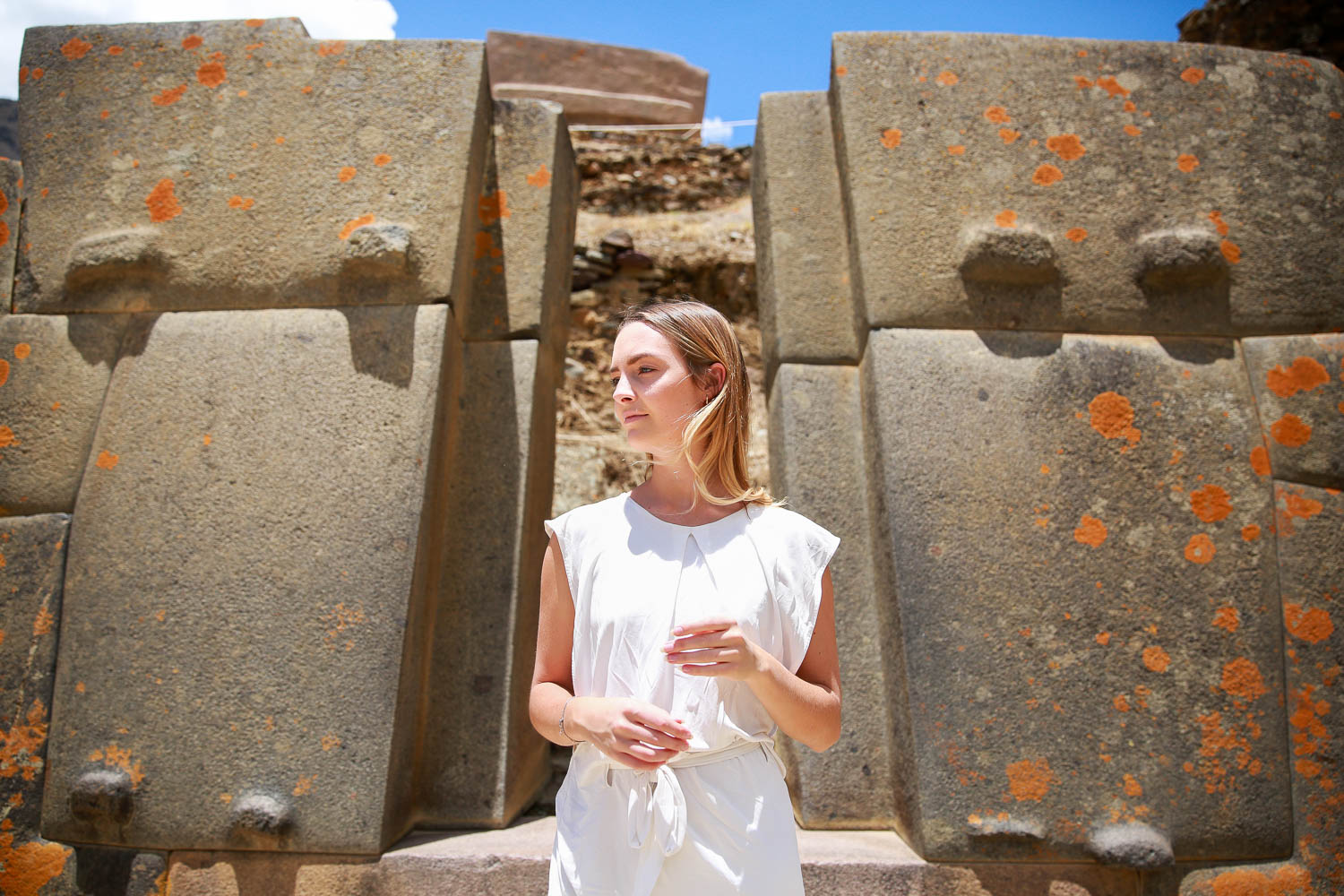
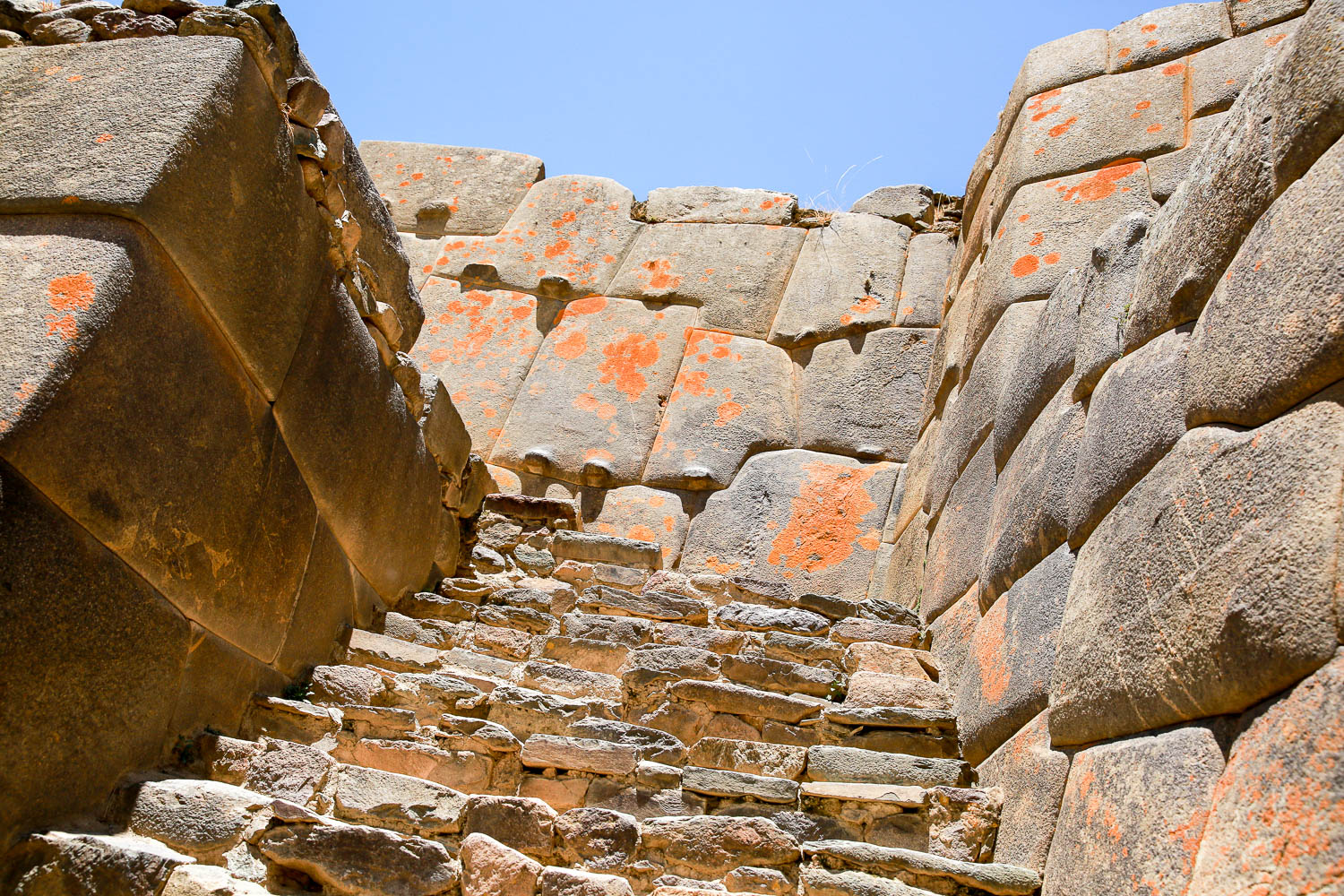
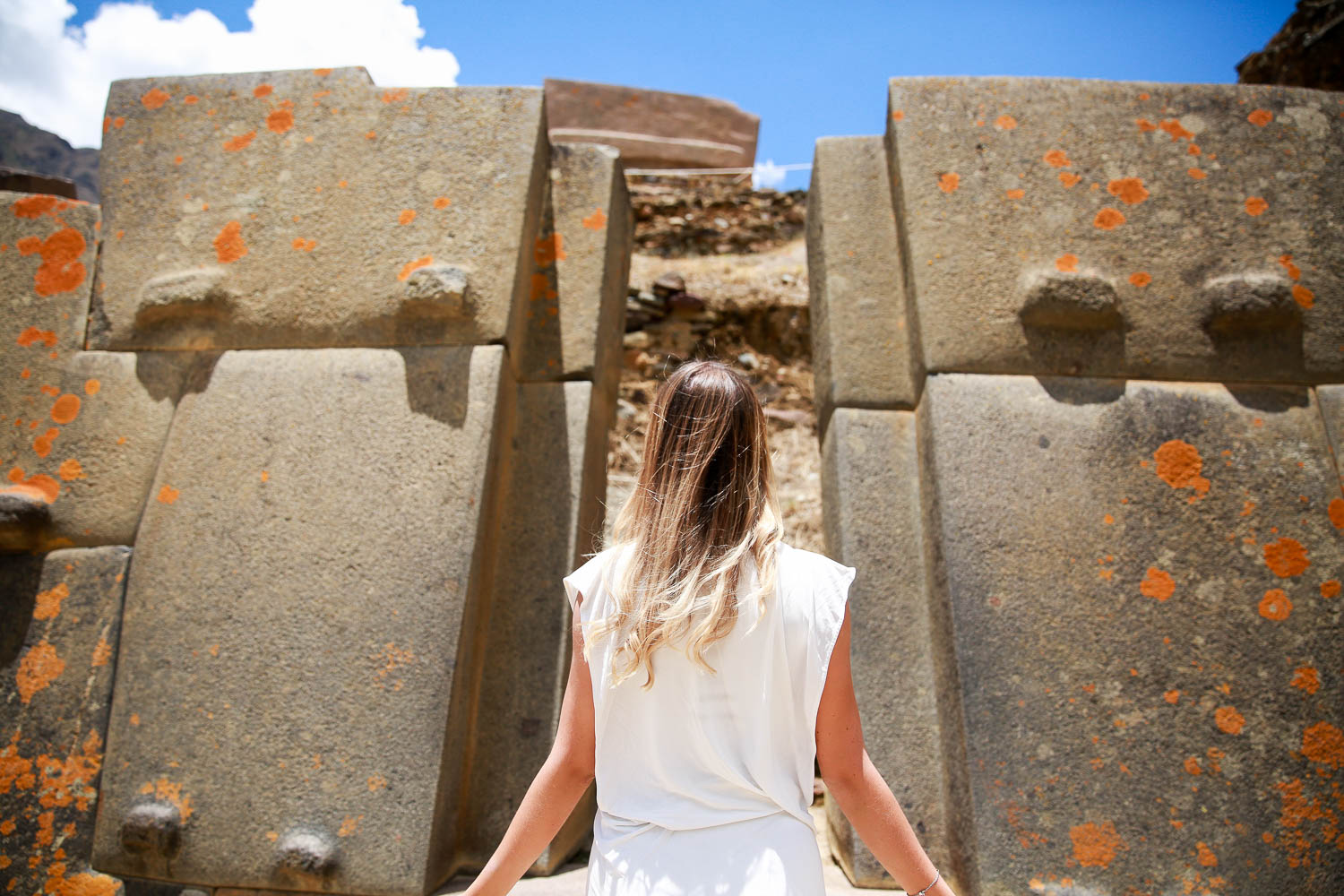

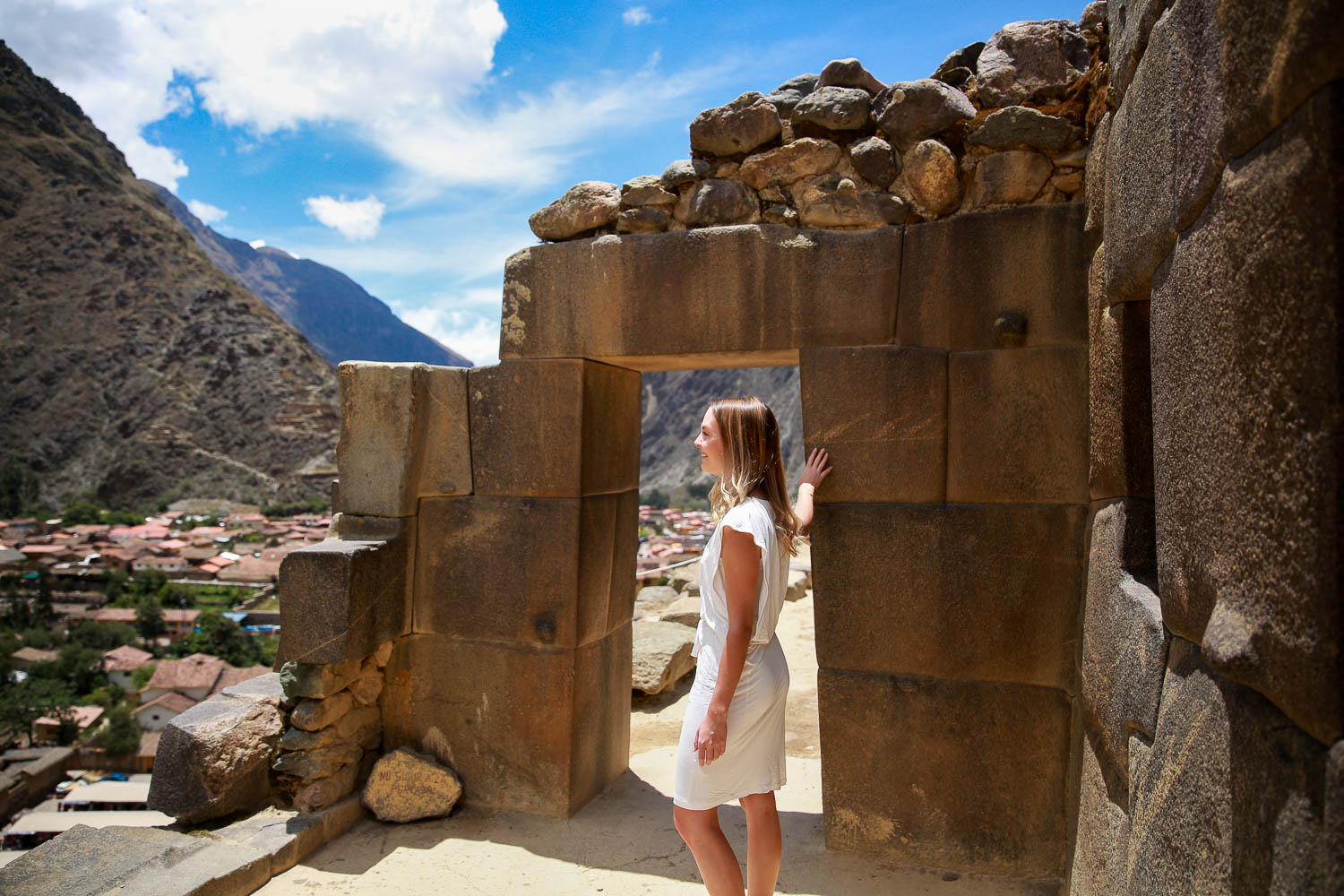
Alberto told me that this archeological site was built with three sorts of stones, while in Machu Picchu, they only used one type. In Ollantaytambo they got big ass stones from a mountain 7 km away. They brought them in a way similar to how the Egyptians did. Of course, it took them years to build it. They had just started the Temple of the Sun when the Spanish came, and therefore, we could see it unfinished.
/ Alberto forklare til meg Ollantayambo var bygd av tre typer stein, mens in Machu Picchu kan man kun finne en type. I Ollantaytambo fikk de steinene fra et fjell 7 km unna, og de fraktet disse på nesten samme måte som Egypterne gjorde. Selvfølgelig tok det dem flere tiår å bygge dette. De hadde akkurat startet den øverste delen, soltempelet, når spanjolene ankom, og det er derfor denne delen er halvferdig. Man kan se det ved at håndtakene på de øverste steinene ikke er fjernet slik som ved de fleste andre.

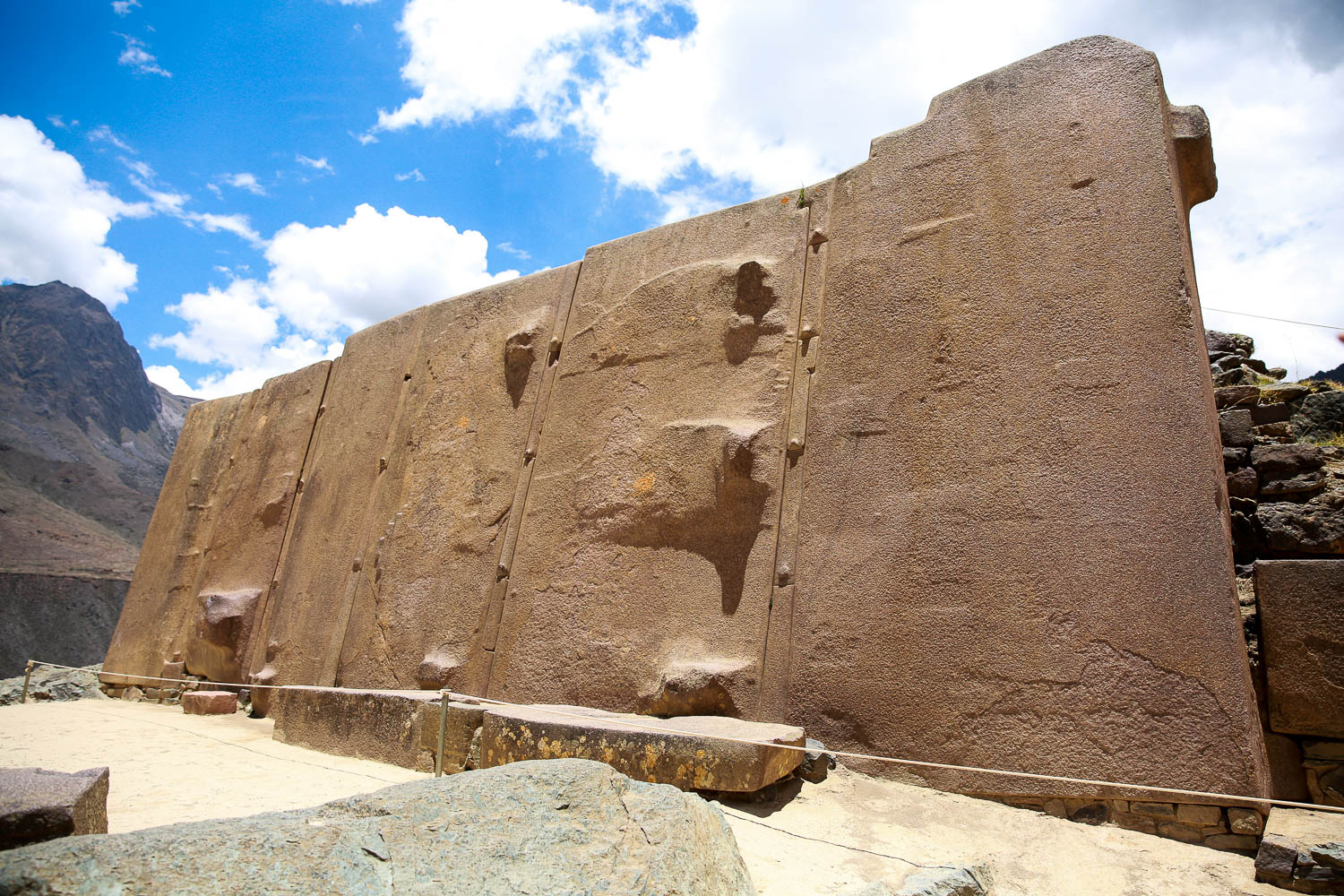
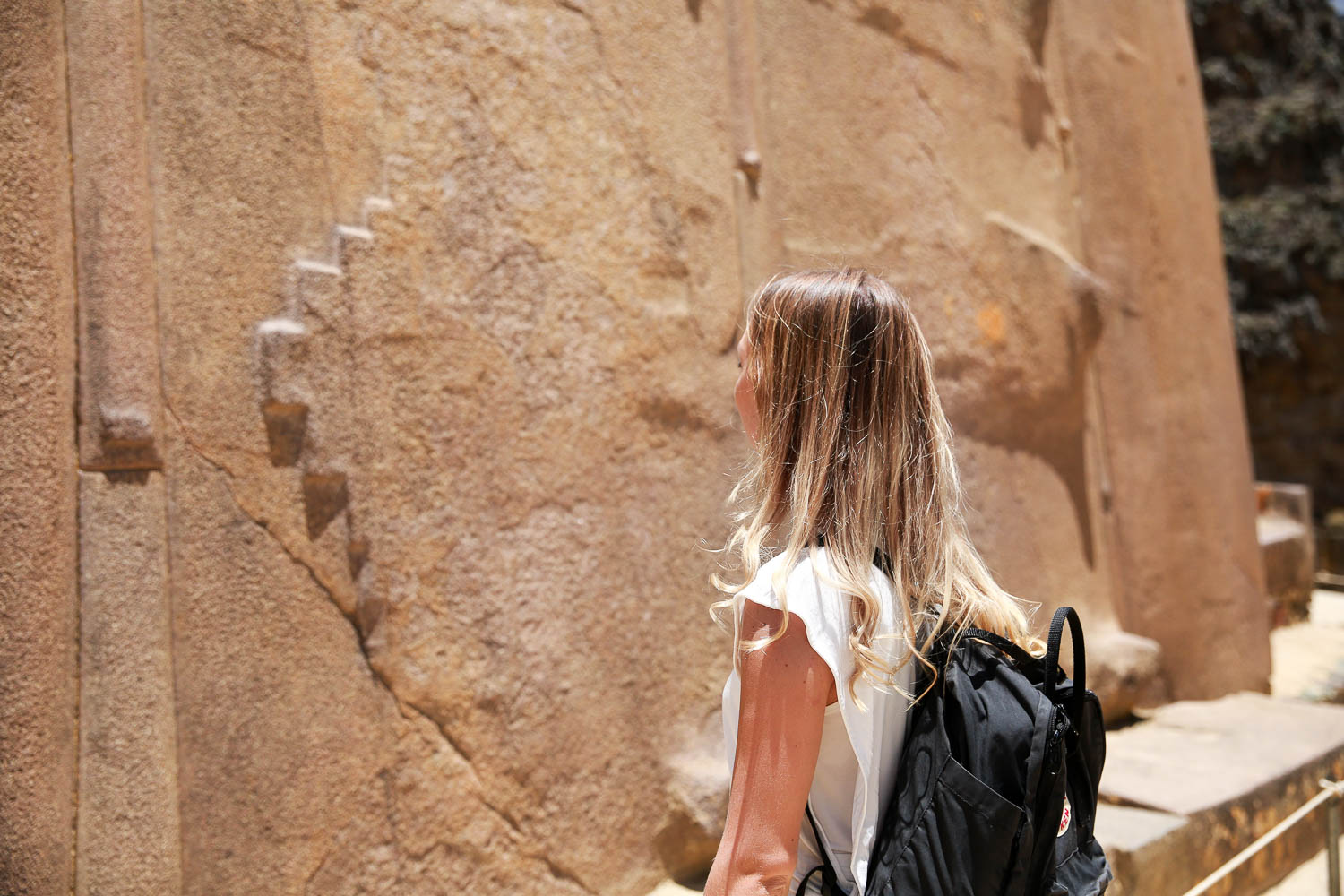
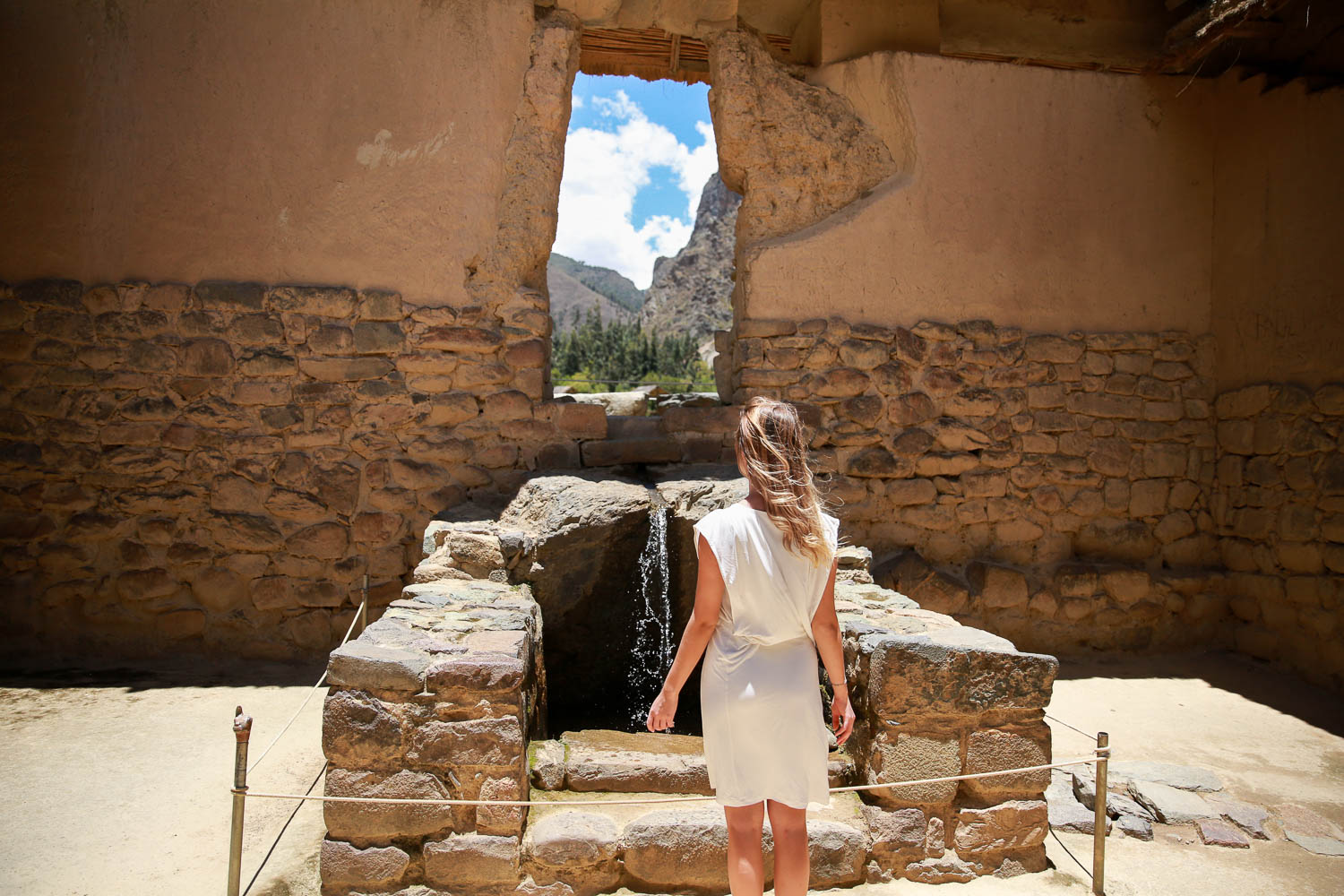
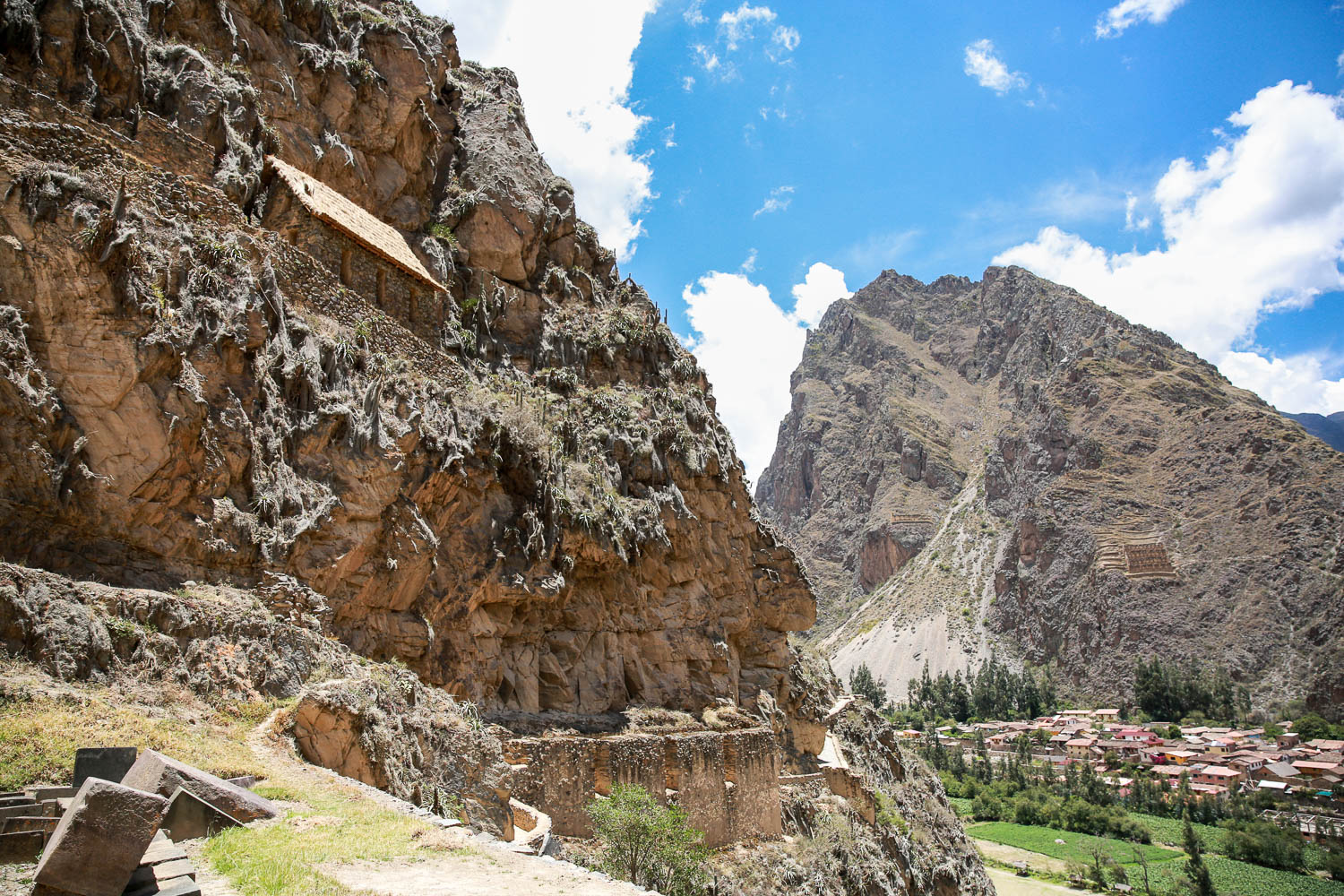
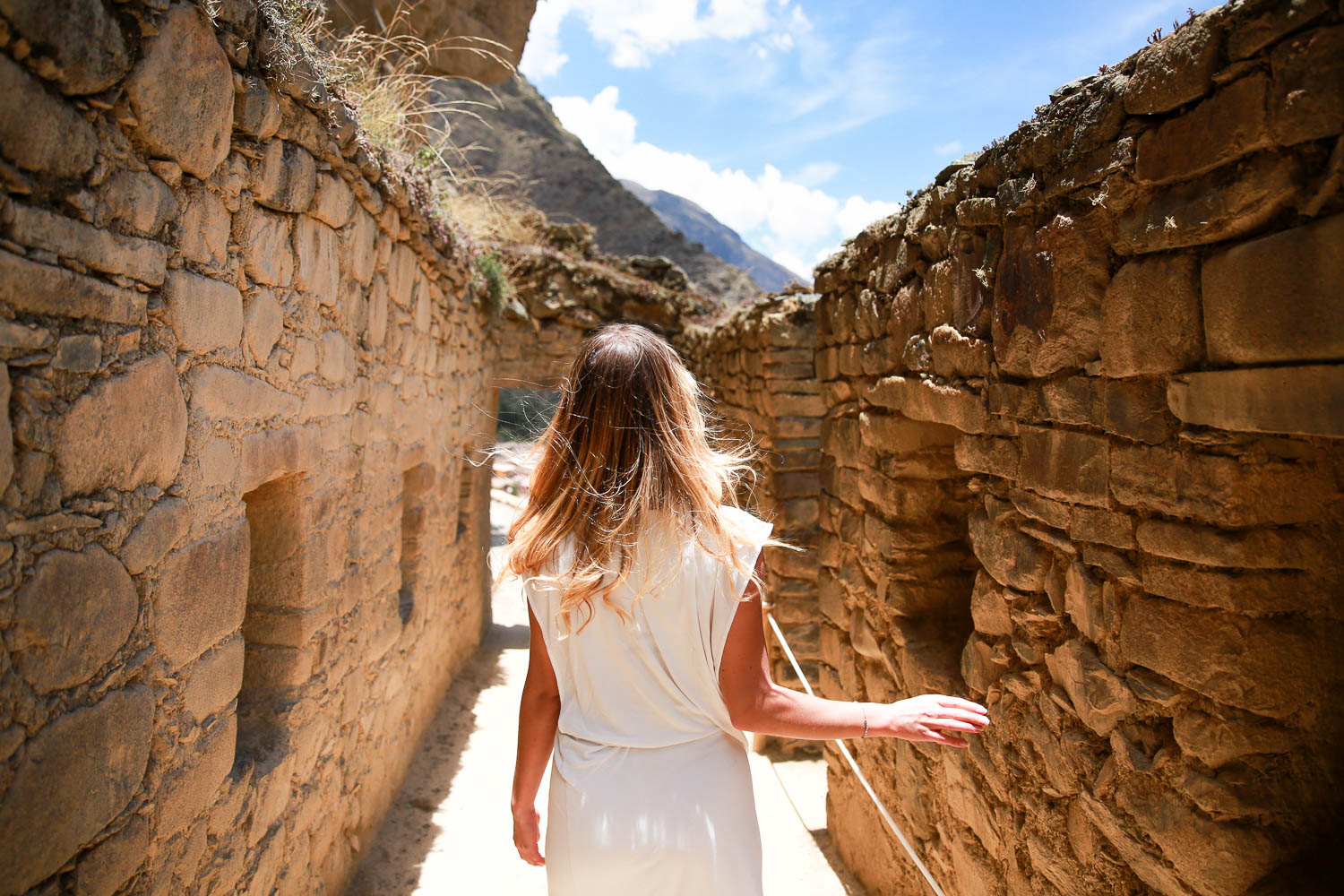

Before the Spanish came and named the capitol Lima (which it is today), the capital was Cusco. The Incas often came for “vacation” from the capitol of Cusco, to spend here in Ollantaytambo and up in Machu Picchu. When he visited, he stayed in the Temple of the Sun with his virgins. Around the unfinished temple, there were terraces used for growing different veggies.
/ Før spanjolene tok over og flyttet hovedstaden til Lima, var hovedstaden Cusco. De totalt 14 Inca-ene kom derfor ofte på ferie fra Cusco til Ollantaytambo og Machu Picchu. Når han ankom, bodde han i soltempelet med jomfruene sine. Rundt tempelet kan man se flere terrasser som hadde to formål: dekor og matproduksjon.
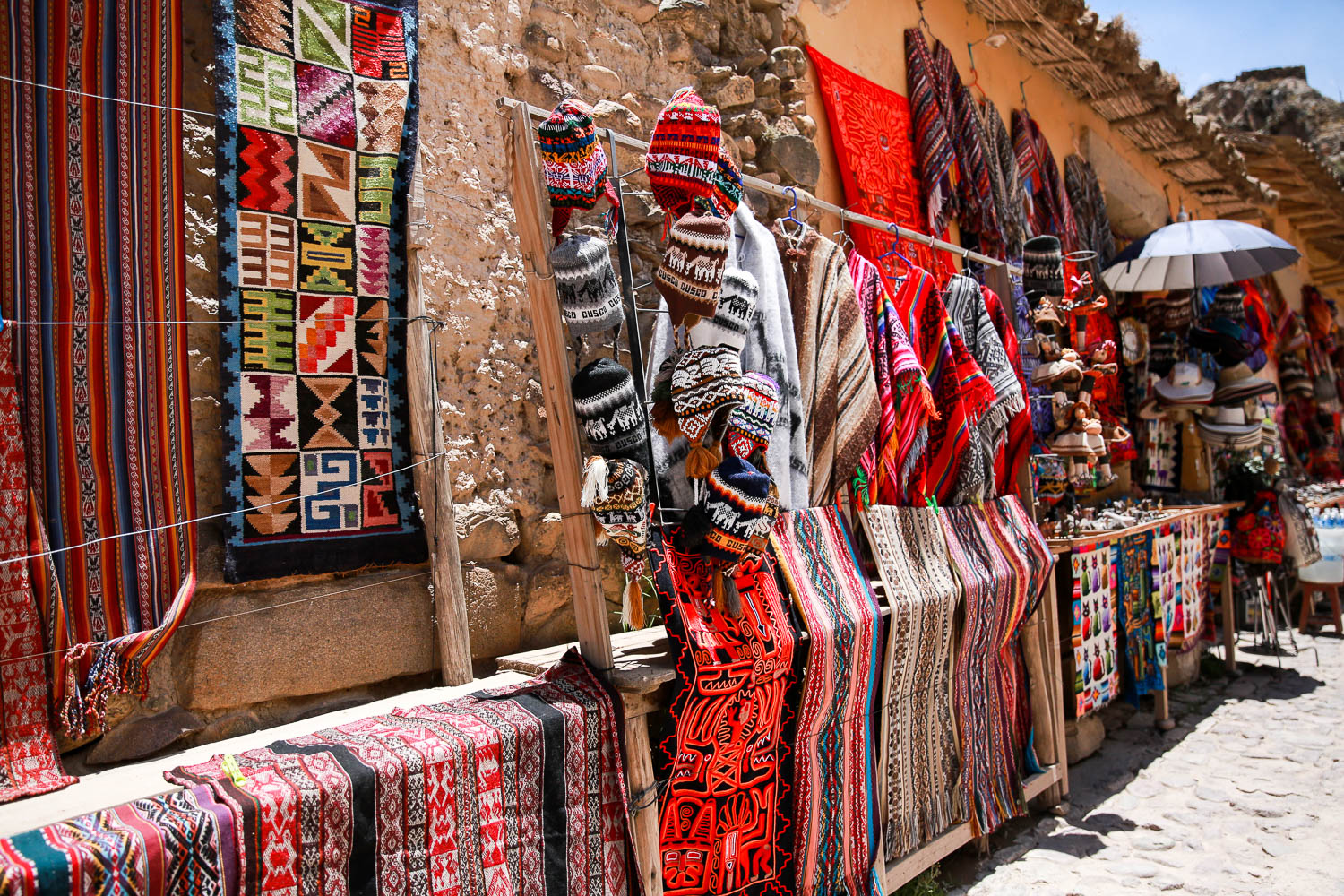
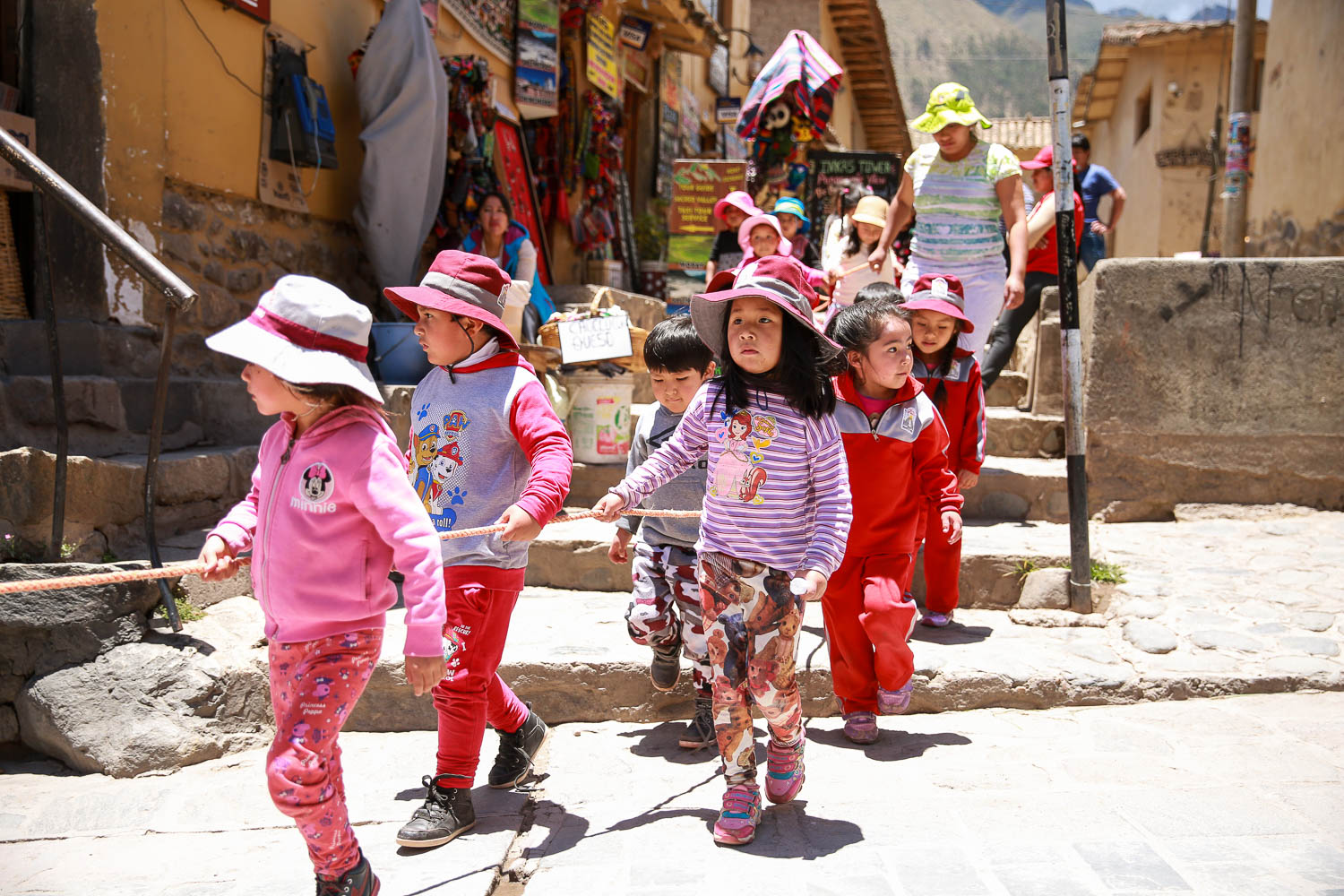
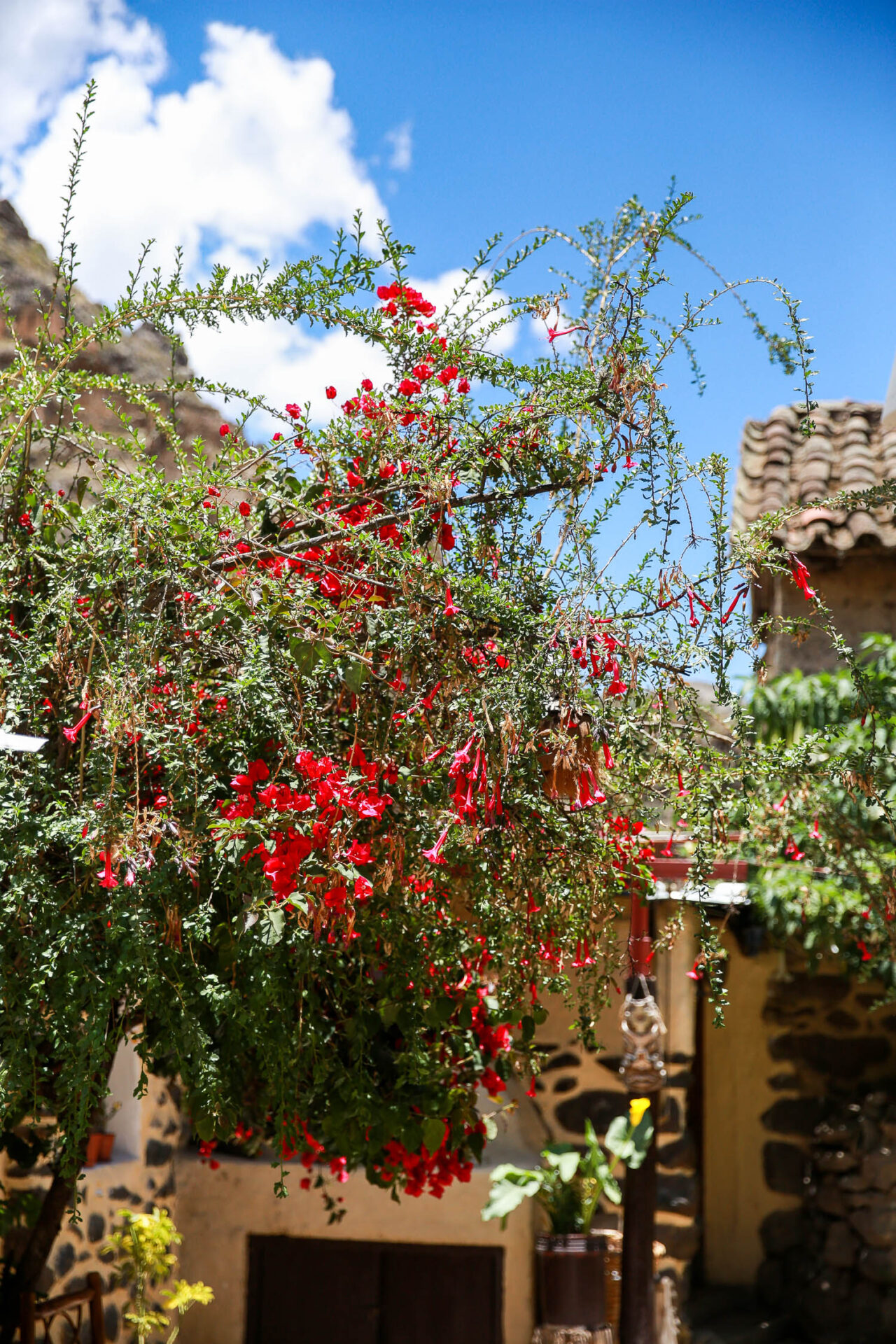
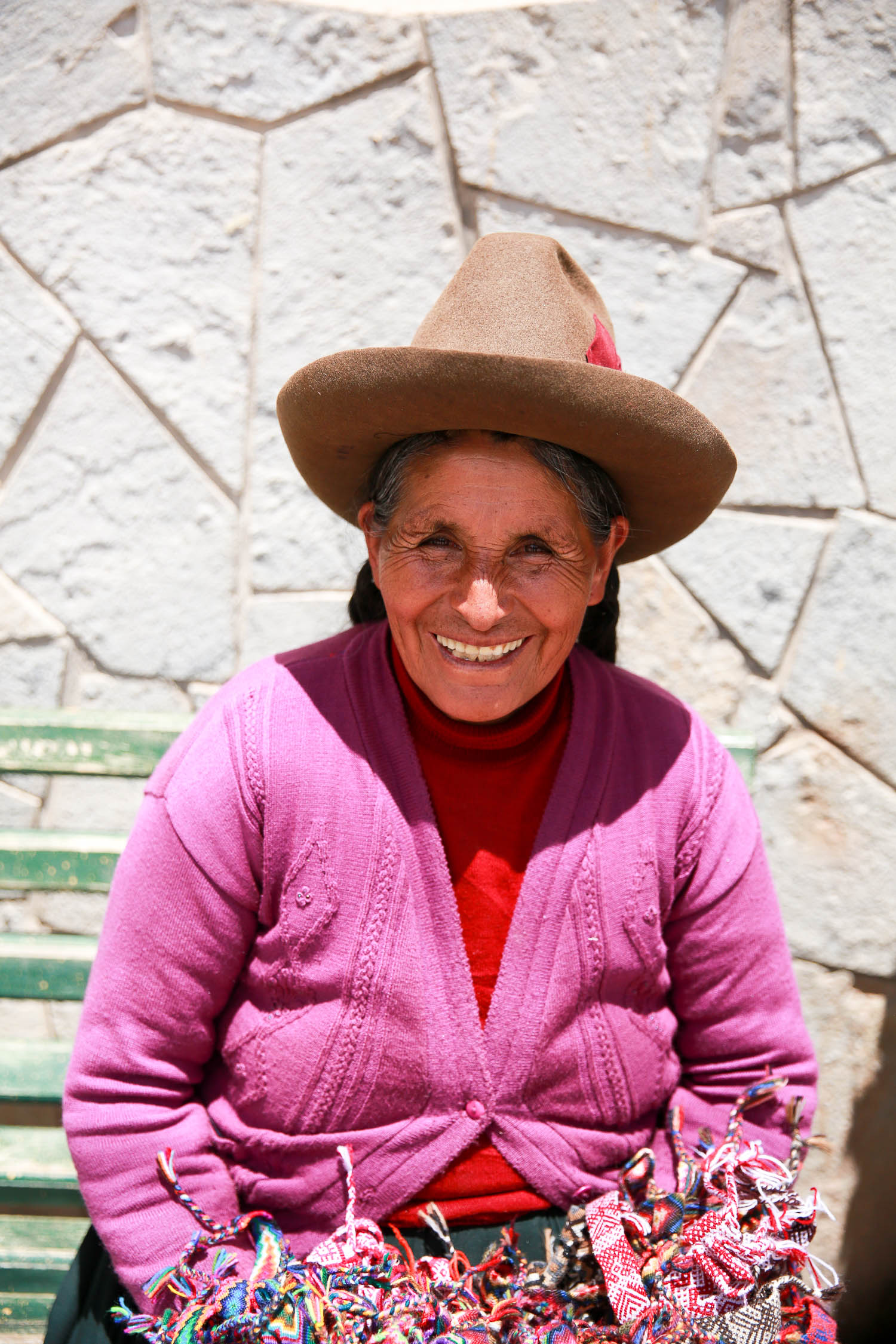
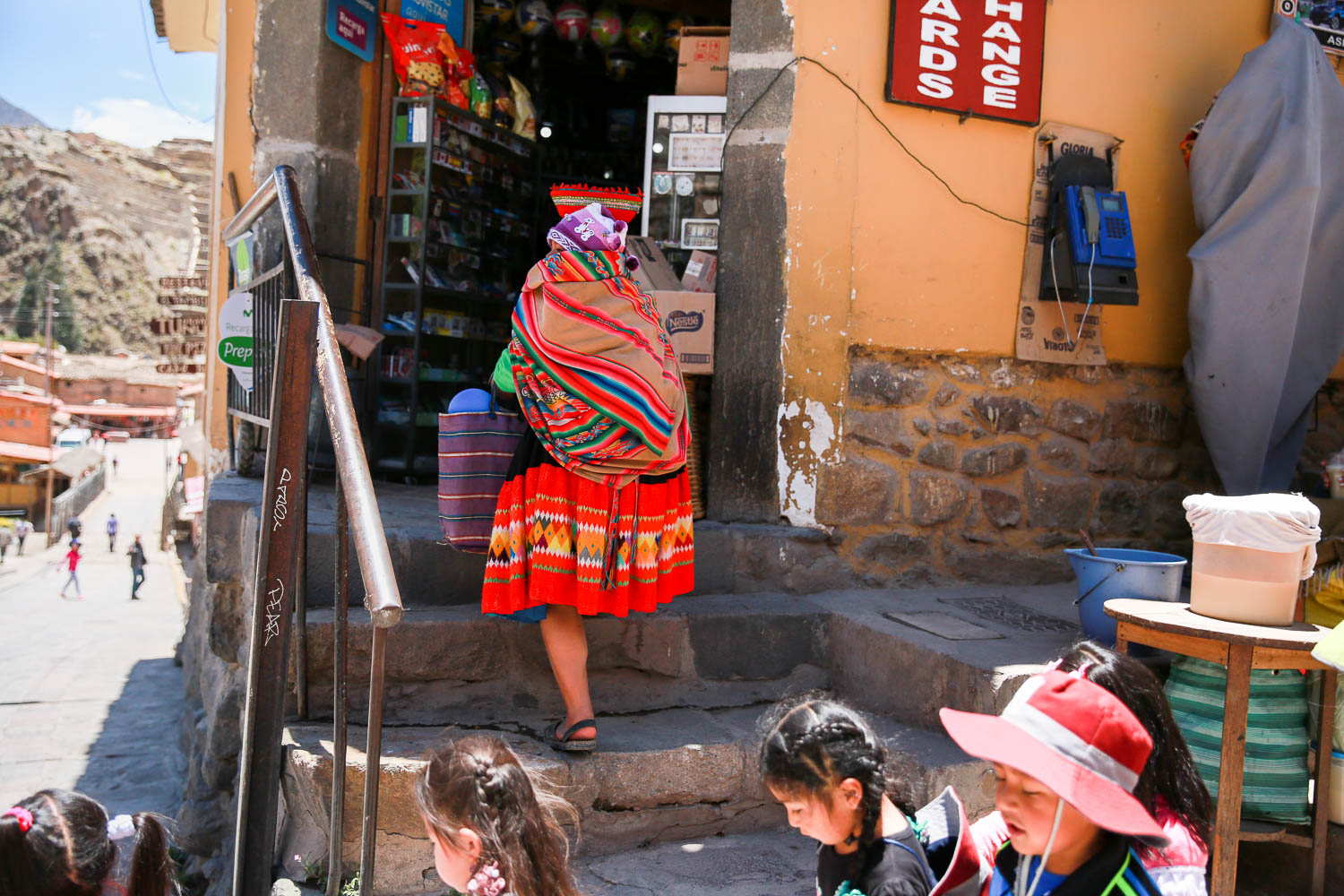
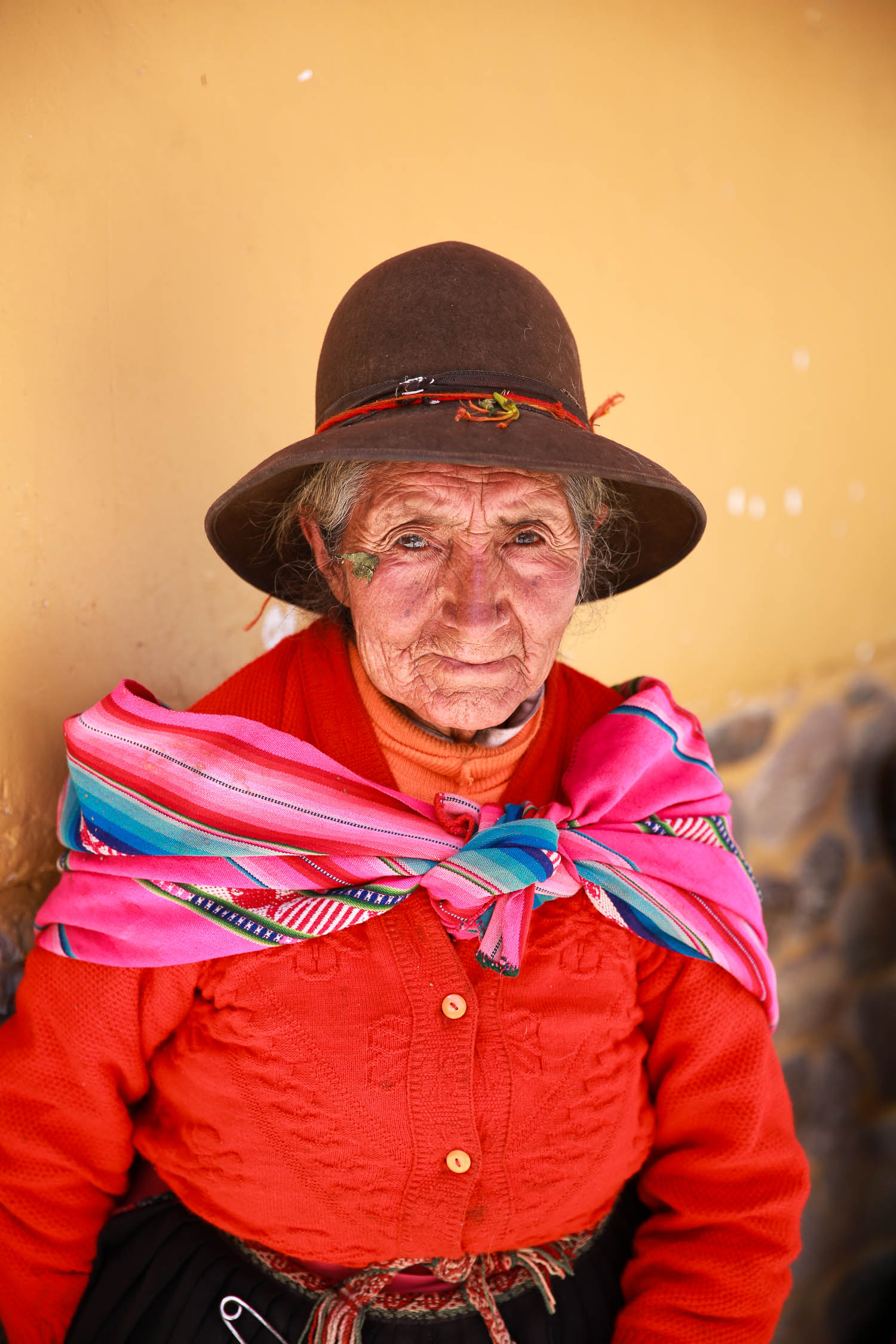

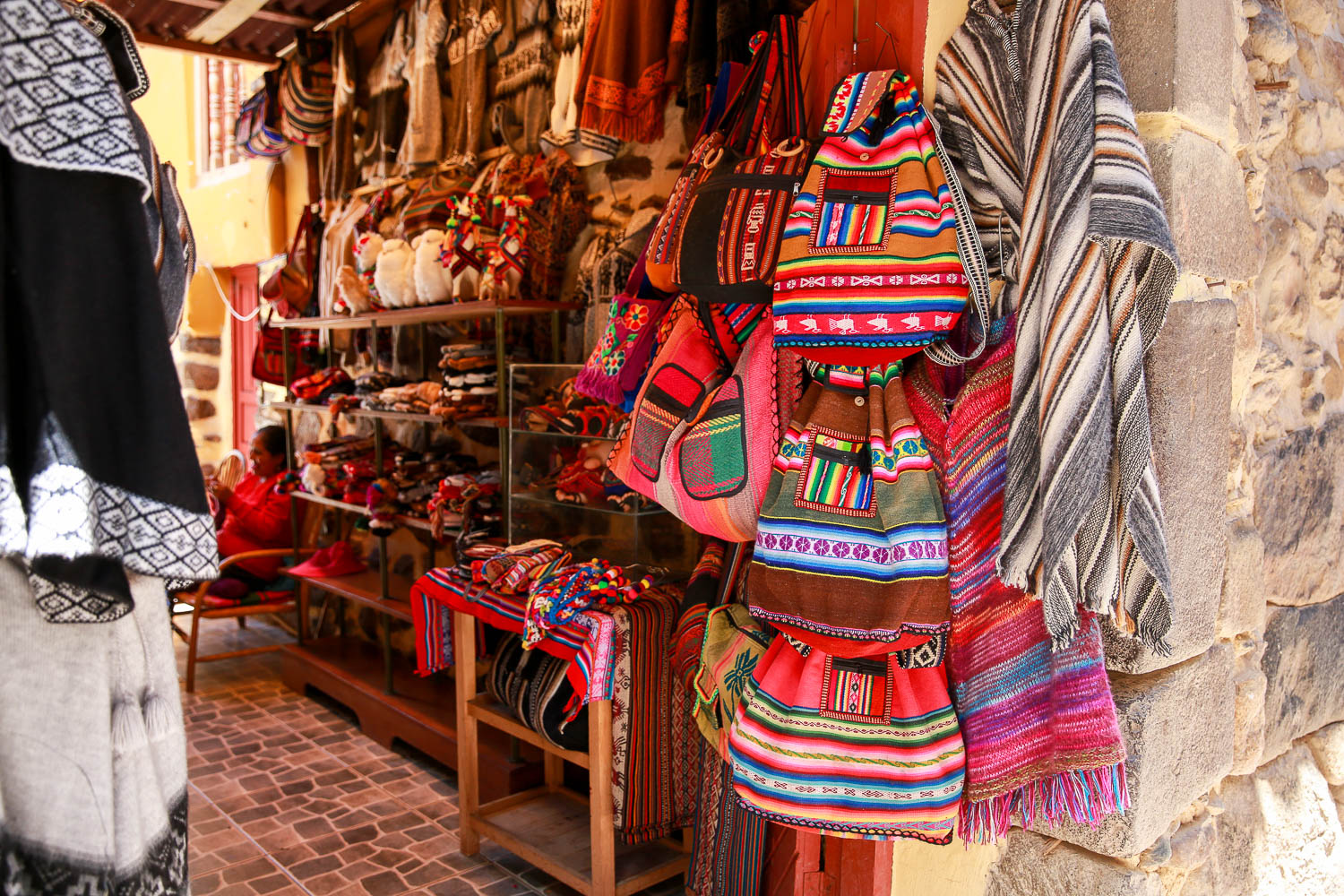
After we had seen the archaeological site, I asked Alberto to bring me to the actual village where he quechua-people lived. As he is quechua himself, he showed me the part of the village that is original. In this part, I got to see a family of four living in a tiny little house with there guinea pigs. In Peru, they eat these adorable creatures that I would like to call pet instead of food. In the house, they also kept the head sculls of their ancestors – their grandmother, grandfather etc. Quite a difference from what we do to the people who die, or what?
/ Etter vi hadde sett den arkeologiske delen spurte jeg Alberto om han kunne vise meg det som er igjen av husene hvor quechua-folket bodde. Siden han er quechua selv, viste han meg den originale delen. I denne delen fikk jeg komme inn i huset til en familie på fire som bodde med marsvinene sine. I Peru spiser de disse søte skapningene som jeg helst vil kalle kjæledyr og ikke mat. I huset sitt, i en liten hylle, bevarte de hodeskallene til forfedrene sine – sin bestemor, bestefar etc. Ganske stor forskjell i hva vi gjør med våre familiemedlemmer når de dør, eller hva?

